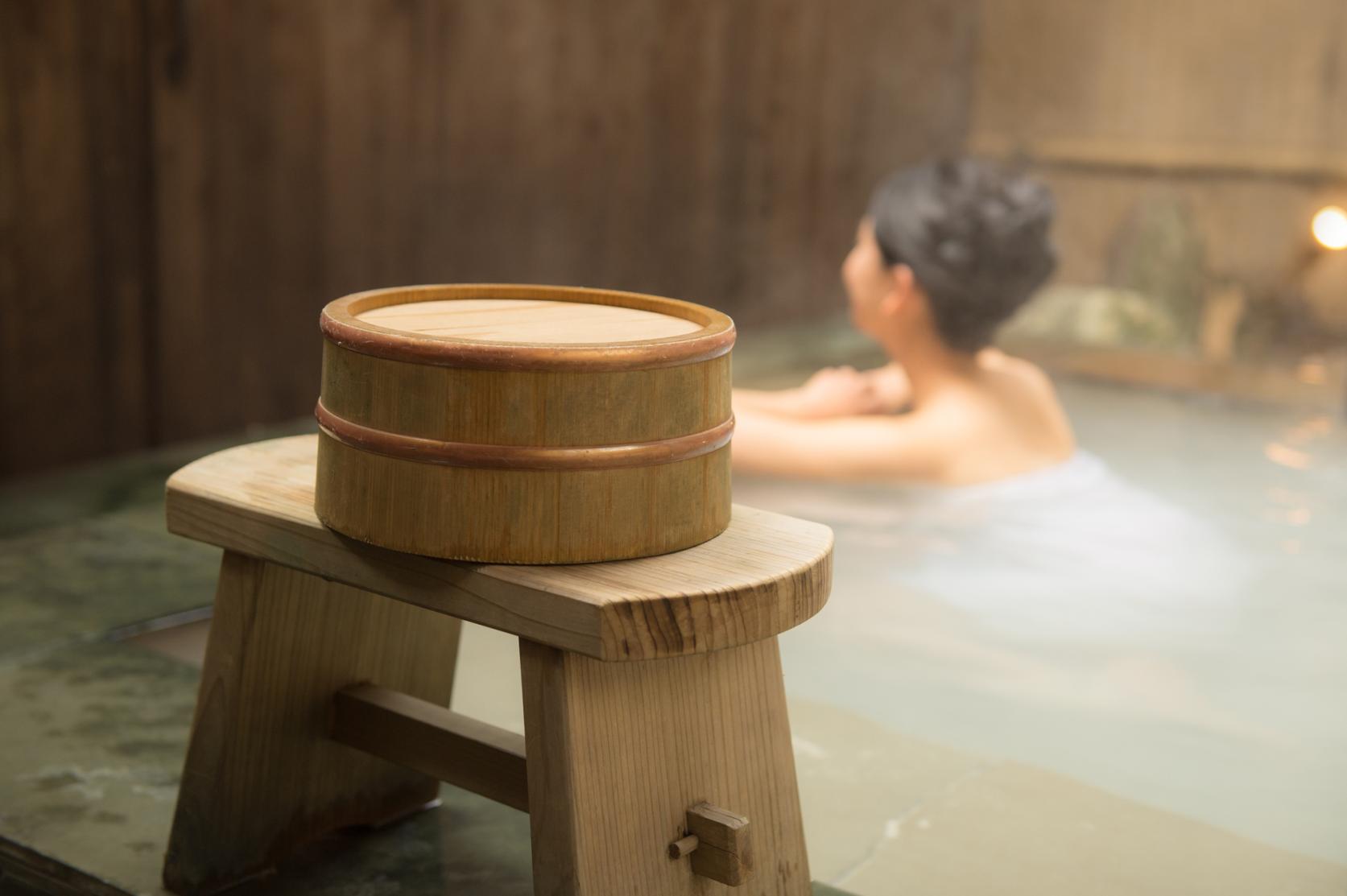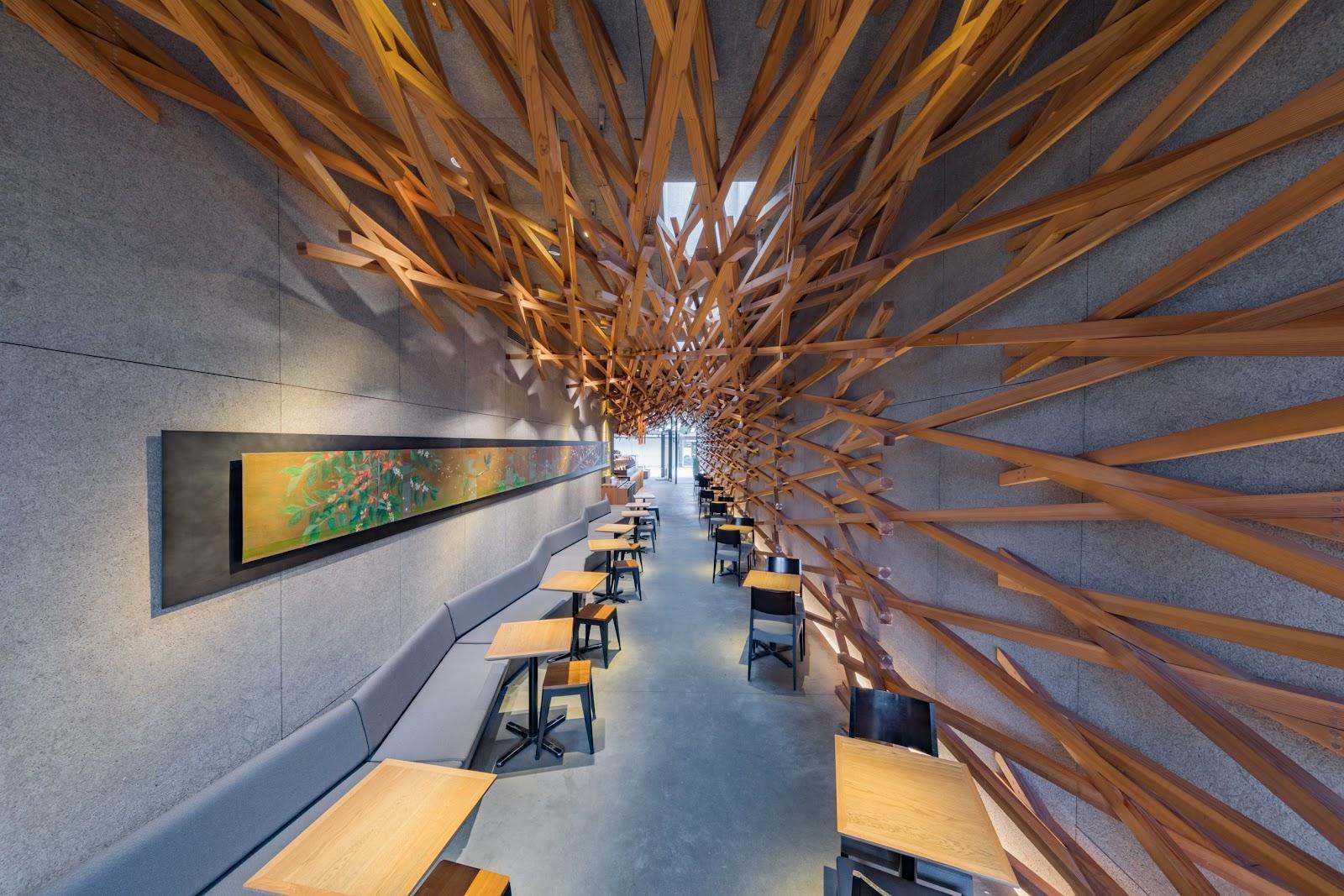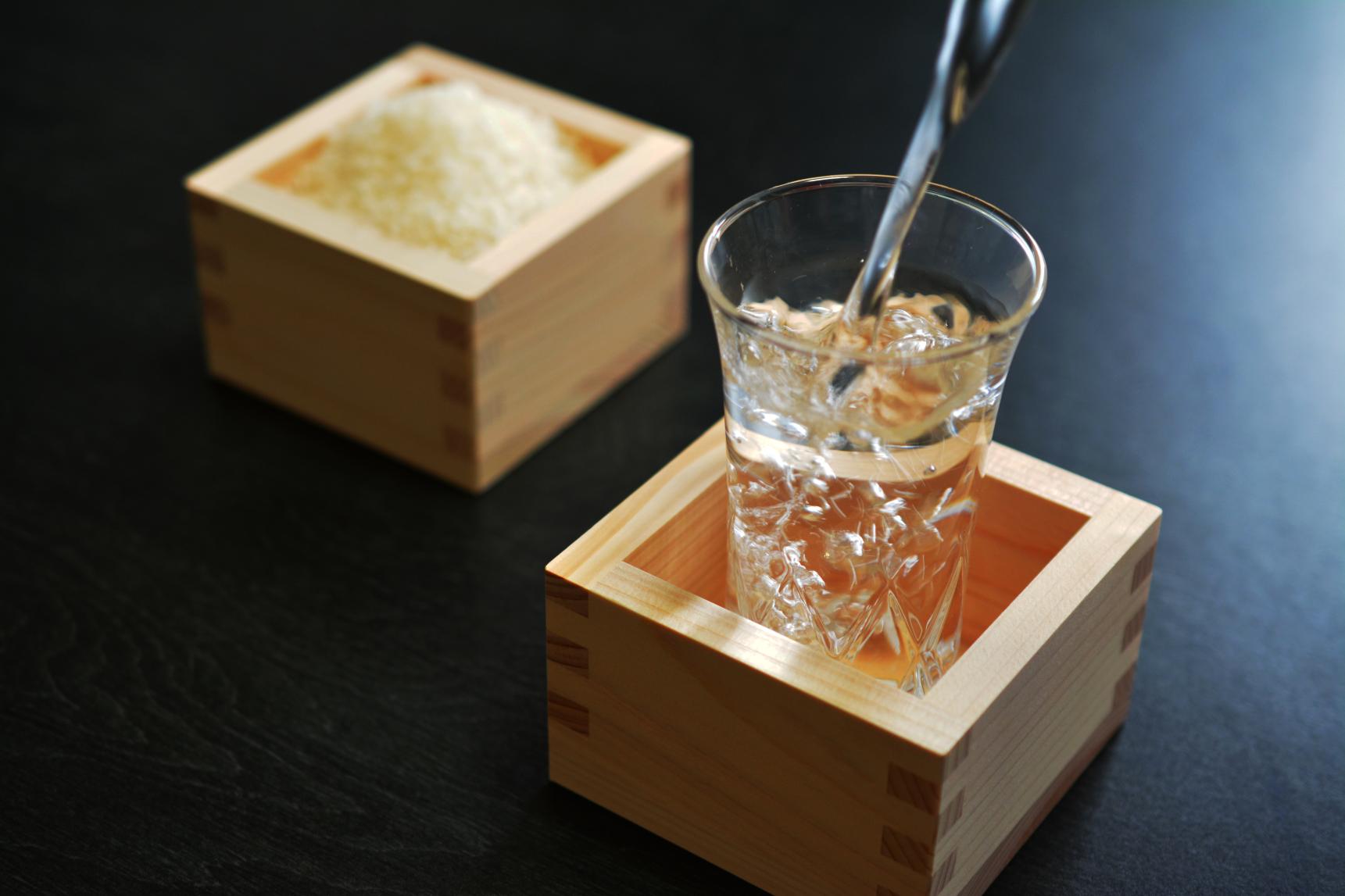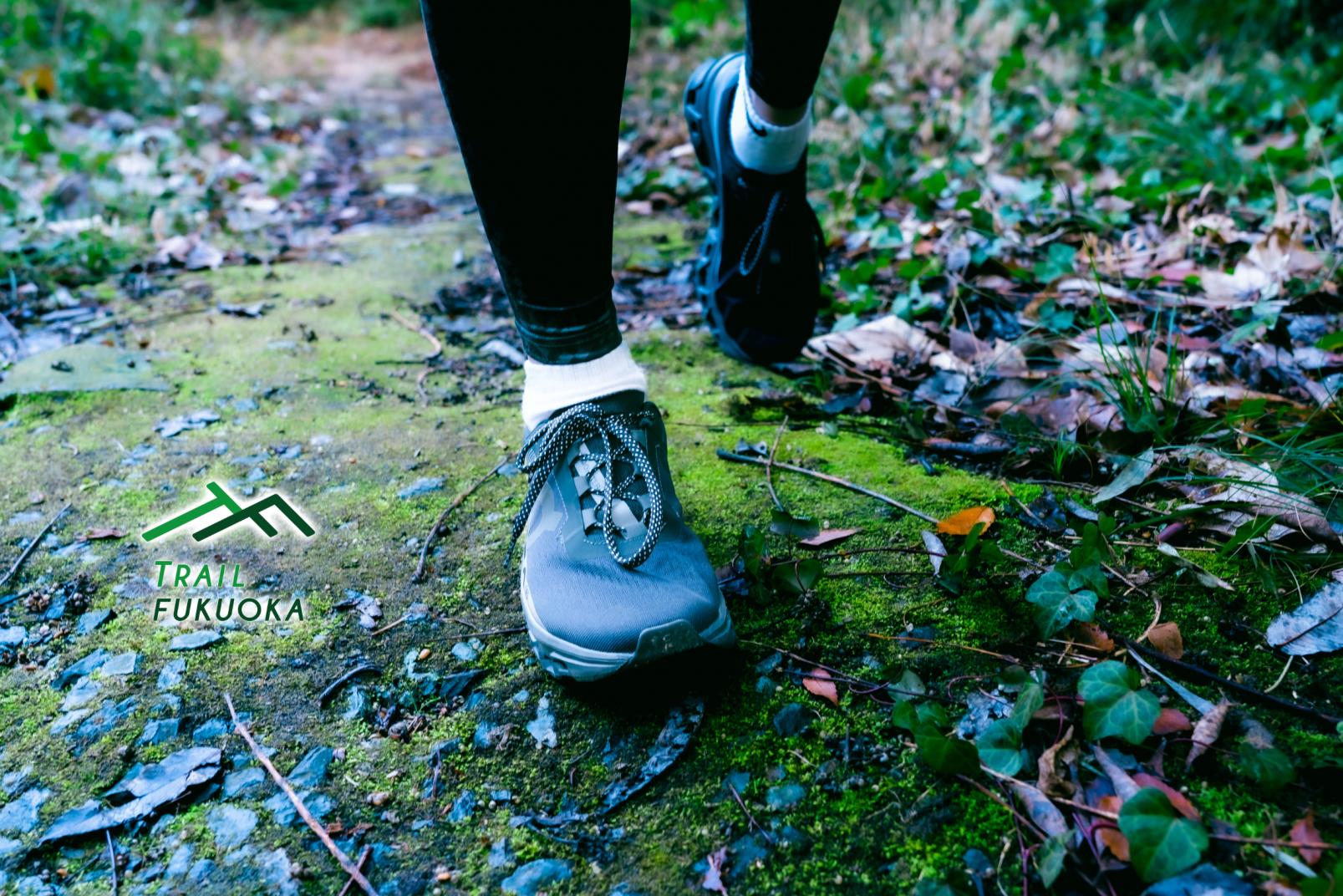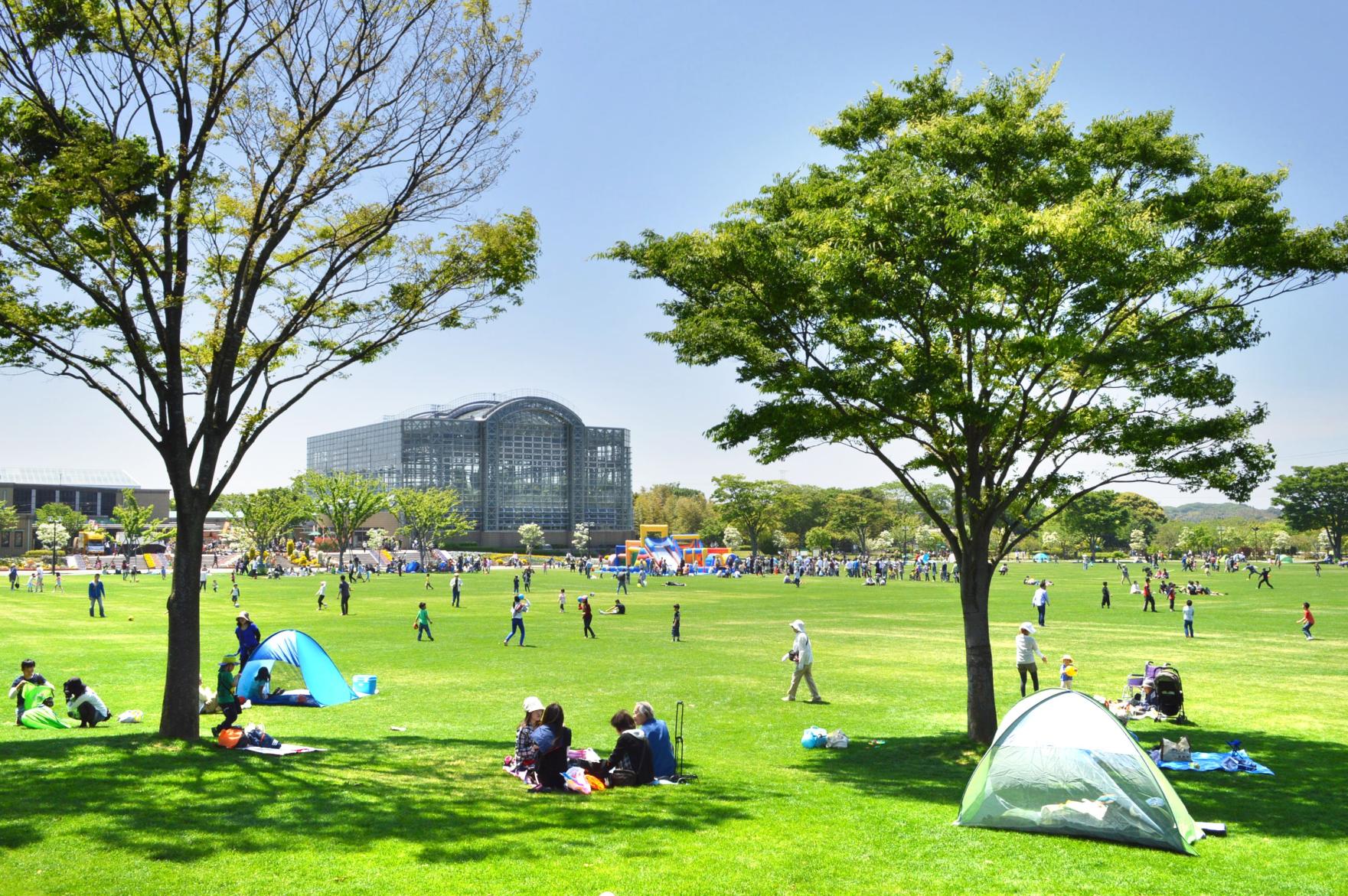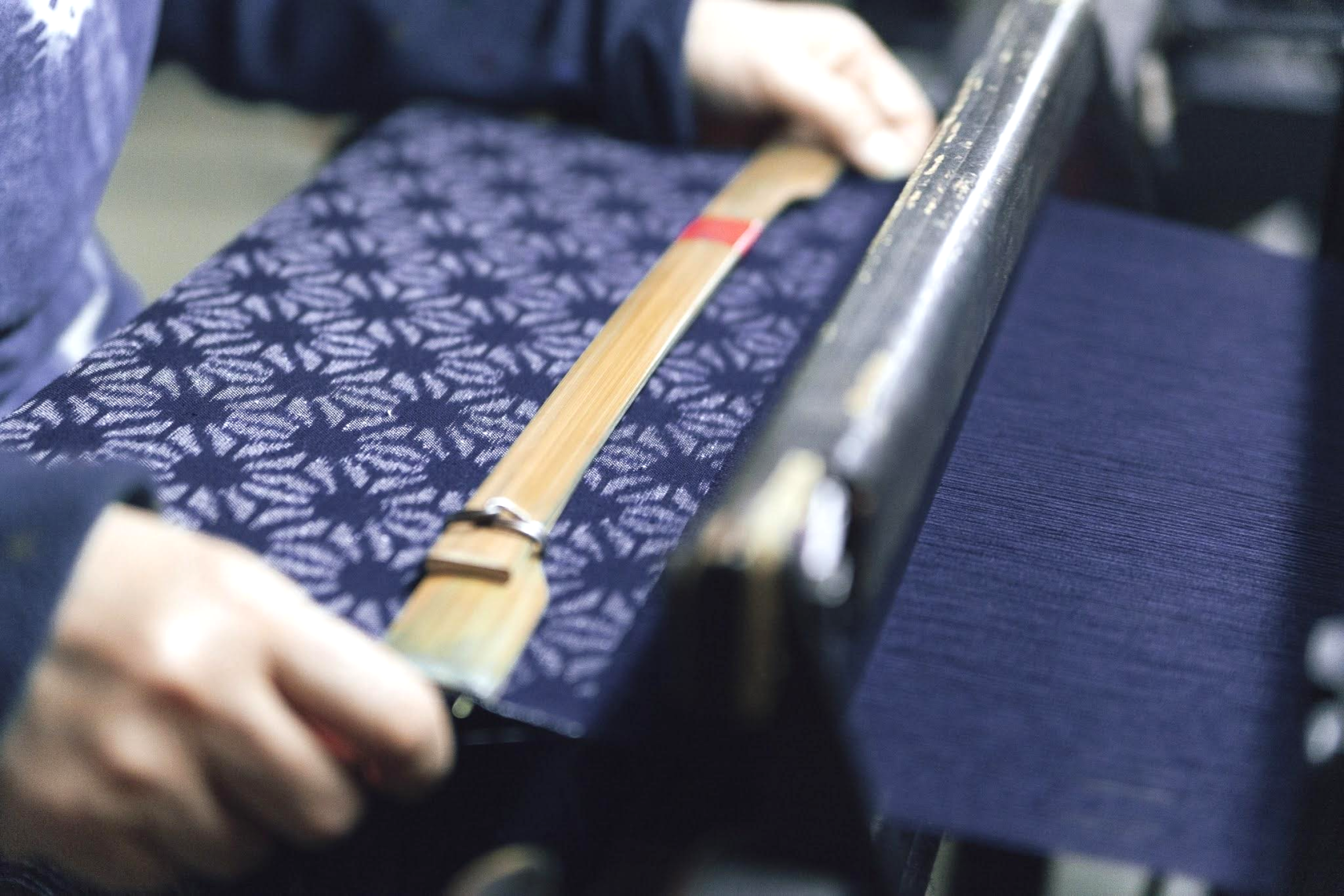
A Luxurious and Historical Getaway at Yame and Chikugo in Fukuoka
Luxury accommodations, world-class tea, spiritual experiences, and hands-on craft workshops are the ingredients in Yame and Chikugo City’s recipe to rejuvenate your body and soul.
Refined Japanese Hospitality at Yame’s NIPPONIA HOTEL
NIPPONIA HOTEL is one of the latest additions to the beautiful Yame Fukushima preservation district. What used to be a small cluster of merchant houses has been renovated into a boutique hotel that still retains the charm and legacy of this historic neighborhood while adding the luxurious comfort of a unique retreat.
Opened in April 2020, the hotel embodies the spirit of Yame, an area famed since the Edo Period (1603-1867) for the fine quality of its Gyokuro tea leaves and the elevated artistic level of its craftsmen. To stay here is to experience the finest Japanese hospitality with the traditional aesthetics of old merchant houses. It has a minimalist yet warm and cozy design; it’s the kind of place where just sitting down and gazing at the outside garden is a quiet and enriching pleasure.
But the hotel philosophy consists not only in providing a calm and aesthetic resting place. They also aim to invite travelers to enjoy their journey through a more profound experience related to regional heritage. This philosophy is maintained through all the venues managed by VMG hotels throughout Japan, and in the case of Yame, the essence of tea fields and their surrounding culture become part of the experience.
A Yoga Experience with Unparalleled Views of Tea Landscapes
The endless green slopes of tea leaves plantations are one of the landmarks of Yame, considered one of the most scenic views of Fukuoka Prefecture. Here, NIPPONIA HOTEL guests have the opportunity to access the Central Tea Garden Terrace. This facility belongs to the hotel and consists of a wooden terrace with unparalleled views of the breathtaking scenery. Special experiences for hotel guests also occur here, such as morning yoga activities, one of the best ways to start the day at NIPPONIA.
NIPPONIA HOTEL Yame fukushima
204 Nishikyoumachi, Motomachi, Yame City, Fukuoka Prefecture
https://www.vmg.co.jp/en/
Central Tea Garden Terrace(Japenese Website)
375-2 Hon, Yame City, Fukuoka Prefecture
https://www.yame-fukushimastay.com/news/20210408-2/
Rejuvenate the Mind with Zen Meditation
Local folktales identify the origin of Yame tea in Reigan-ji. This temple belongs to the Myoshin-ji sect of Zen Buddhism, and its tea history can be traced to around 600 years ago when a Zen Buddhist monk called Eirin Suzui brought tea from China and planted it on the temple grounds. Traditionally, this temple has also been a sacred place for practitioners of Shugendo, a religion centered around the worship of mountains and nature, as mountains are considered deities. The followers of this ascetic belief, which also integrates Shinto, Buddhism, and Taoism elements, are called Yamabushi.
Additionally, the temple precincts are known for some of the most unusual rock formations ever found in Japan. These are known as Chinpoiwa, male rock; Onnaiwa, female rock; Nakoudoiwa, matchmaker’s rock; and Zazeniwa, meditation rock. Speaking of meditation, one of the highlights of visiting this temple is the chance to practice a session of enlightening Zen meditation with the guidance of a Buddhist monk. During this calming experience, the passage of time is tracked with chimes and burning incense rather than watches, allowing us to reconnect with our senses.
Reigan-ji(Japanese Website)
9731 Kurogimachi Kasahara, Yame City, Fukuoka Prefecture
https://www.crossroadfukuoka.jp/en/spot/10275
Enjoy a Relaxing Country Experience
I noticed an immediate sense of comfort when I stepped into the Ikeda Kasuri shop. There’s something calming about seeing all these garments in deep shades of blue among the store’s white wall backdrop. However, what really draws my attention are the large windows beyond the clothing racks where visitors can watch part of the magic taking place: weavers in action. They’re not hidden behind a wall but rather become part of the valuable display that shows how these beautiful fabrics are made.
After all, Ikeda Kasuri isn’t simply about selling fabric and garments. It’s about sharing their pride in their regional culture and top-quality crafts. It’s about allowing customers to take a peek into their fascinating world beyond simply being pretty purchases. One of the ways they achieve this is thanks to their indigo dyeing workshop, an unforgettable hands-on experience with the traditional techniques this region is famous for.
There used to be many textile workshops in this area” explains Daigo Ikeda, the fourth generation of Ikeda Kasuri Studio, which is located in Chikugo City, in the southern part of Fukuoka Prefecture. Most of them specialized in Kurume Kasuri, the traditional fabrics made in this region for over 200 years. As part of the workshop, we also must learn about the history of the craft, and so I find out this technique was devised by none other than a 12-year old imaginative girl called Den Inoue. She was the daughter of a local rice merchant and an avid weaver, who found inspiration in the white spots that appeared in the faded parts of her old clothes as she kept using them. So she started to unravel the fabric of these clothes and, with the help of the engineer Hisashige Tanaka, one of Japan’s most prominent inventors who improved the mechanical design of the loom, Inoue started to weave and give shape to the beloved fabrics we know today.
Indigo Dyeing Workshop at Ikeda Kasuri
During the usual production process, bundles of stretched cotton yarn threads are dyed with indigo before the weaving step. Most indigo dye produced nowadays is entirely synthetic. However, Ikeda Kasuri still works with the 100% natural dye obtained from Indigofera plants, which they extract themselves.
For the workshop, visitors can choose from various materials to dye. For example, you can select a handkerchief for 2,200 yen, a t-shirt or a tote bag for 5,500 yen, and a stole for 7,700 yen. The workshop takes about 1 hour and 30 minutes, though it will vary depending on the item’s size. Customers are welcome to bring their own clothing items for the dyeing workshop, and prices will be determined depending on the size and type of object. However, I’d recommend that you confirm with the shop beforehand.
I went for the handkerchief, which is the easiest and quickest option. The first thing is to work on the design. For this, we employ the technique of Itajime Shibori, consisting of clamping flat geometric shapes (for example, rectangles, circles, hearts, and triangles) together and fixing on both sides of the fabric with pressure tweezers to keep the dye from reaching these areas. They can cover just one layer of fabric or can be used to cover several layers for a more intricate design. We can also make knots, use sticks or other small objects to our liking. As far as our imagination goes, the sky is the limit! Once we’re happy with our design, we head to the indigo jars area.
We use rubber gloves for safety, but it’s always important to consider the possibility of staining our clothes during this activity! So it’s advisable to perform this with clothes that you won’t regret getting an extra splash of color. Having said that, onto the task. First, we soaked the handkerchiefs with clear water, then started the dipping process into the indigo jar. Instead of keeping the pieces submerged, you must dip them thoroughly once and then wring the liquid out to give the dye a chance to get in contact with oxygen. Then repeat. We’ll notice the fabric becoming darker and darker each time, so we continue to repeat the process until we’re happy with the color. For reference, I’m told an average of 10 times, give or take, is required to achieve a lovely shade of blue.
Once satisfied, we take the pieces to the sink to rinse them with clear water. Then, slowly and carefully, we start removing the knots, the tweezers, geometrical elements, and whatever we’ve used one by one to reveal the final design. Naturally, the lines will not be perfectly sharp, but this is precisely part of the charm of this look. Once the water starts coming out clear, we can consider it as adequately rinsed, so we placed the handkerchiefs into a centrifuge machine for a bit to remove any moisture as much as possible.
After the centrifugation, the handkerchiefs were ready to be hung up to air dry!
While waiting for the products to be completely ready, I had the chance to converse a bit more with Daigo and his family. After listening to them, it’s easy to feel the regional pride and passion for their craft. He acknowledges that their products aren’t cheap, but there’s immense value in local craftsmanship that focuses on tradition with high production values. Over 100 years of the family business as one of the few remaining workshops attest to Ikeda Kasuri’s commitment to carrying on its cultural heritage. And now, I have a wonderful handkerchief as a memento of this place and this learning experience.
Ikeda Kasuri Studio
1840 Hisadomi, Chikugo City, Fukuoka Prefecture
https://ikedakasuri.jp/ (Japanese Website)
Text:Toshiko Sakurai


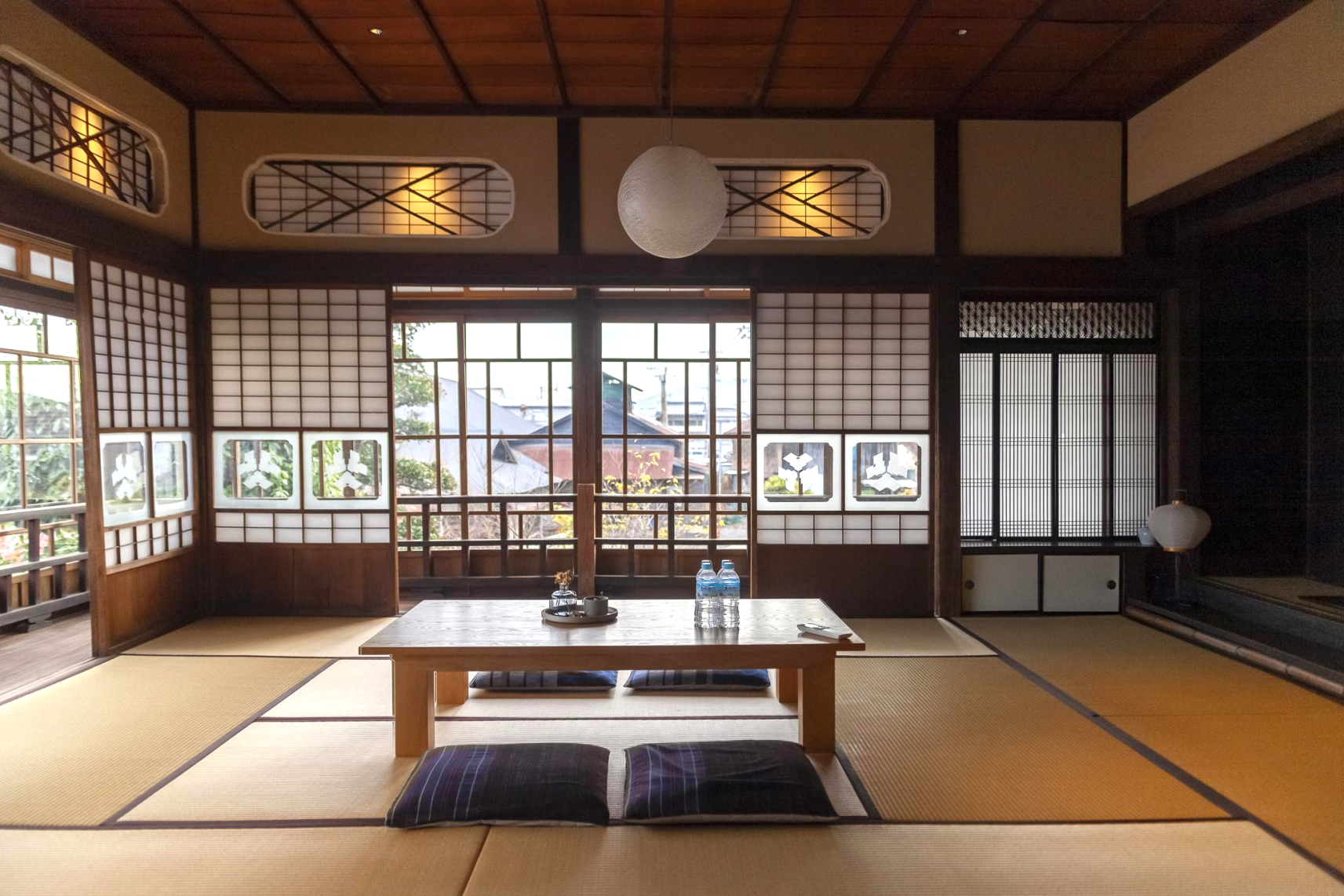
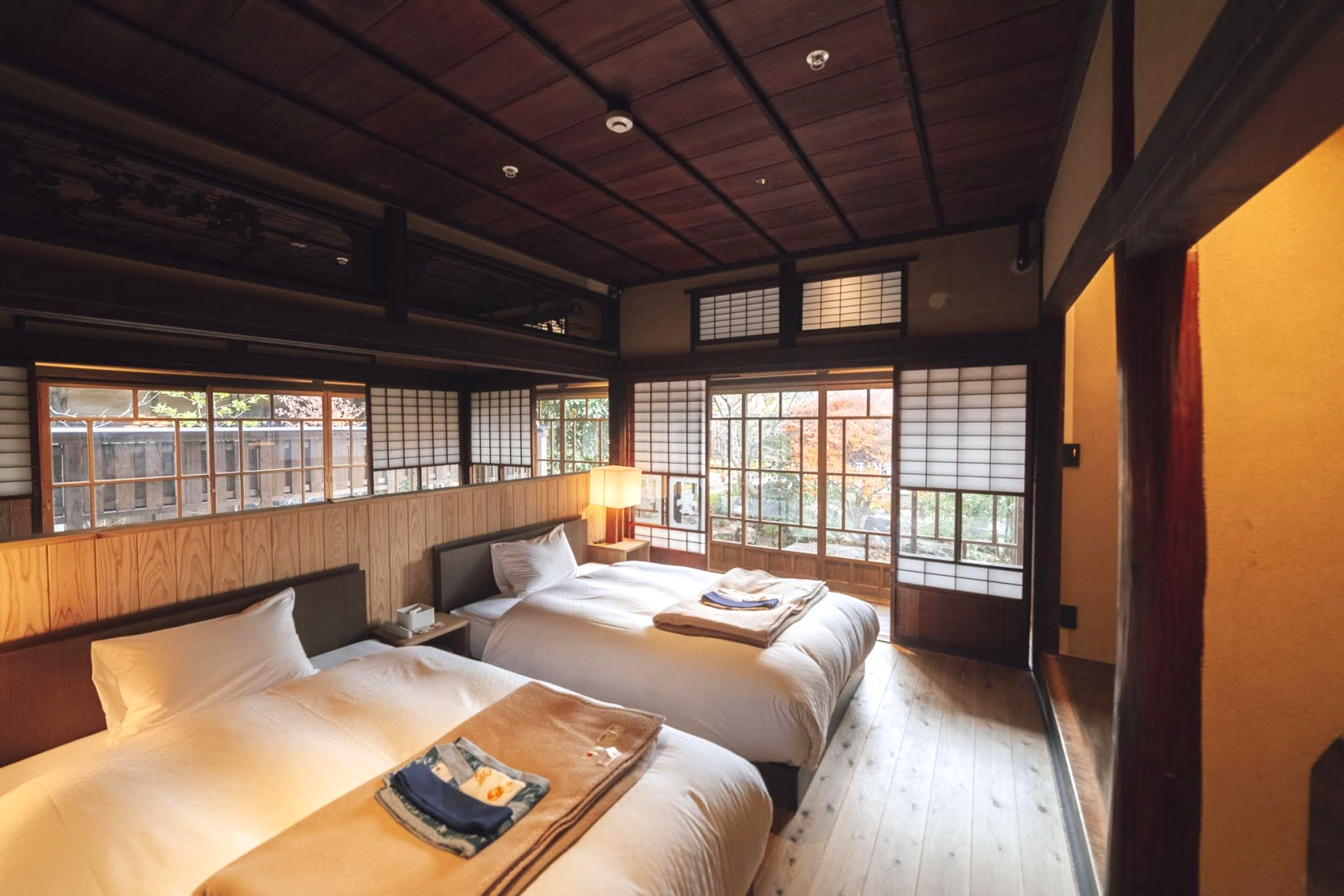
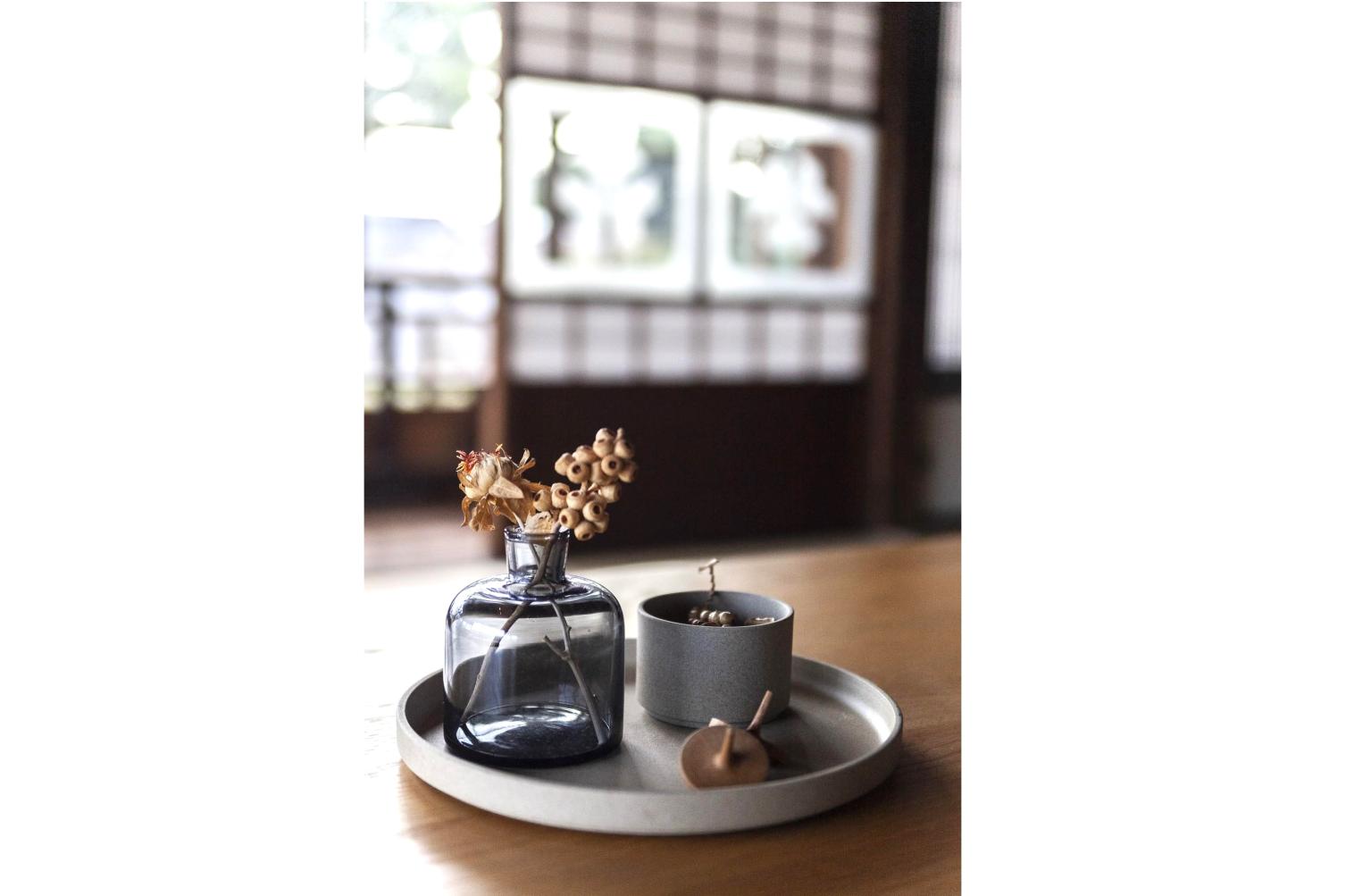
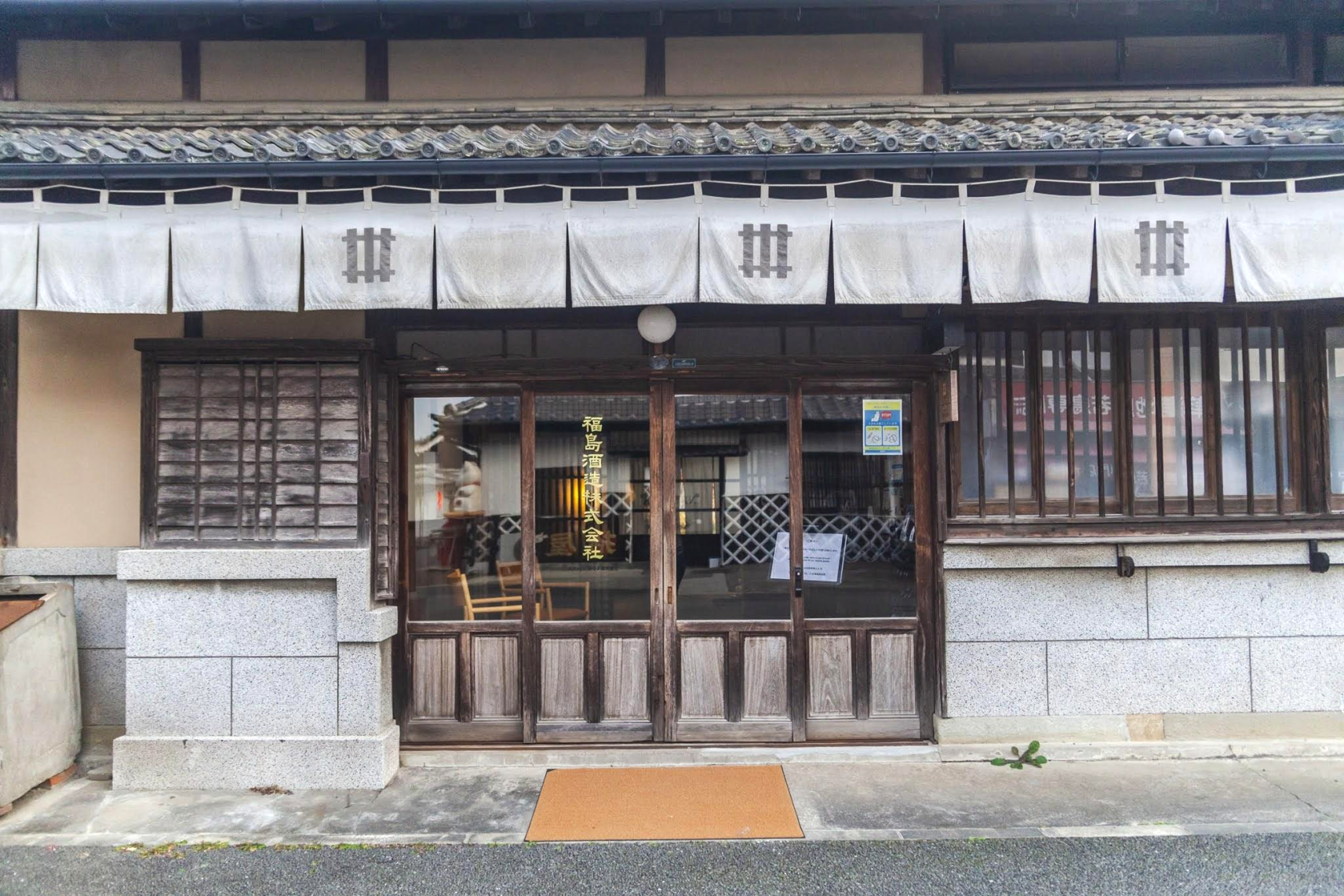
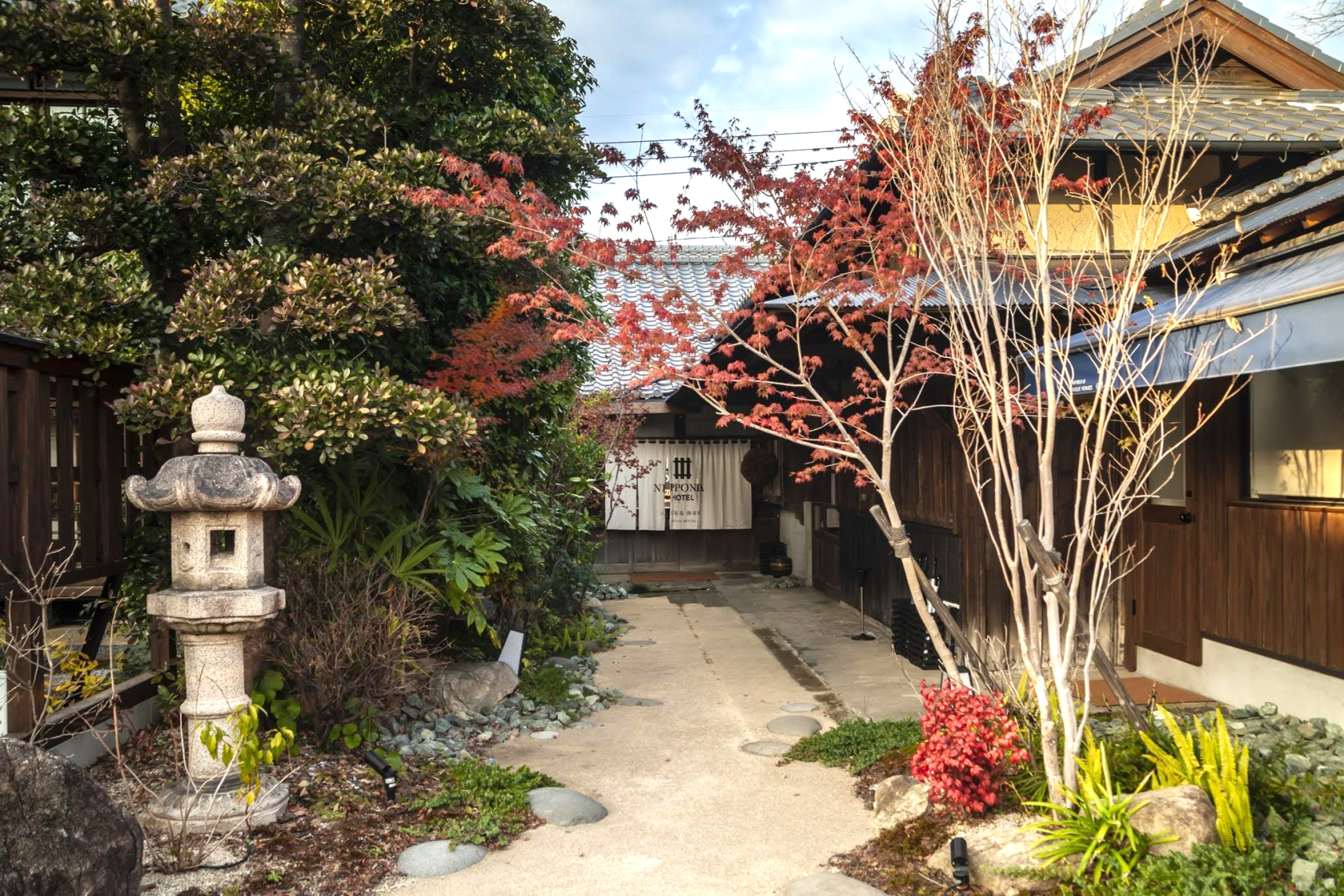
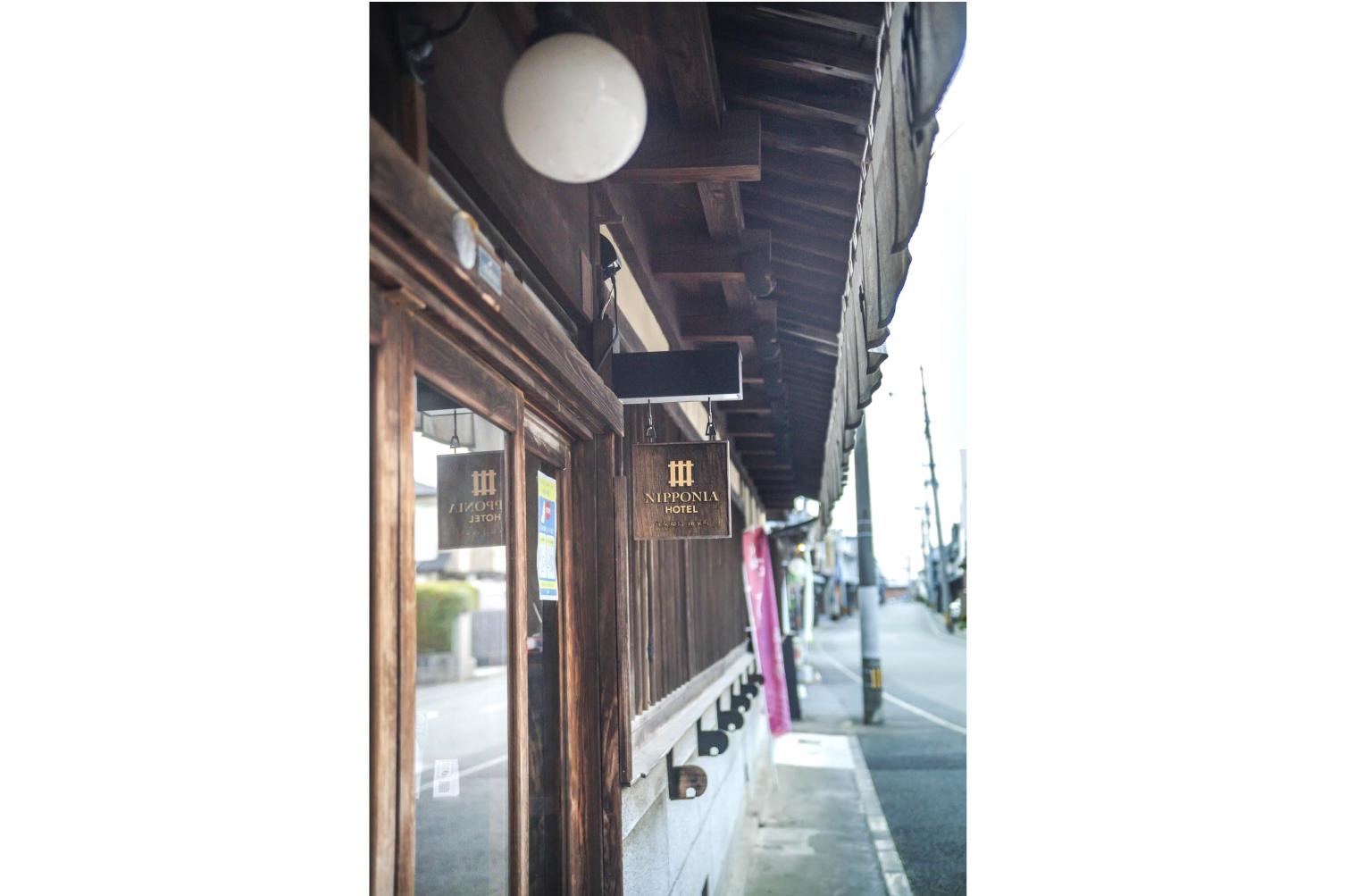
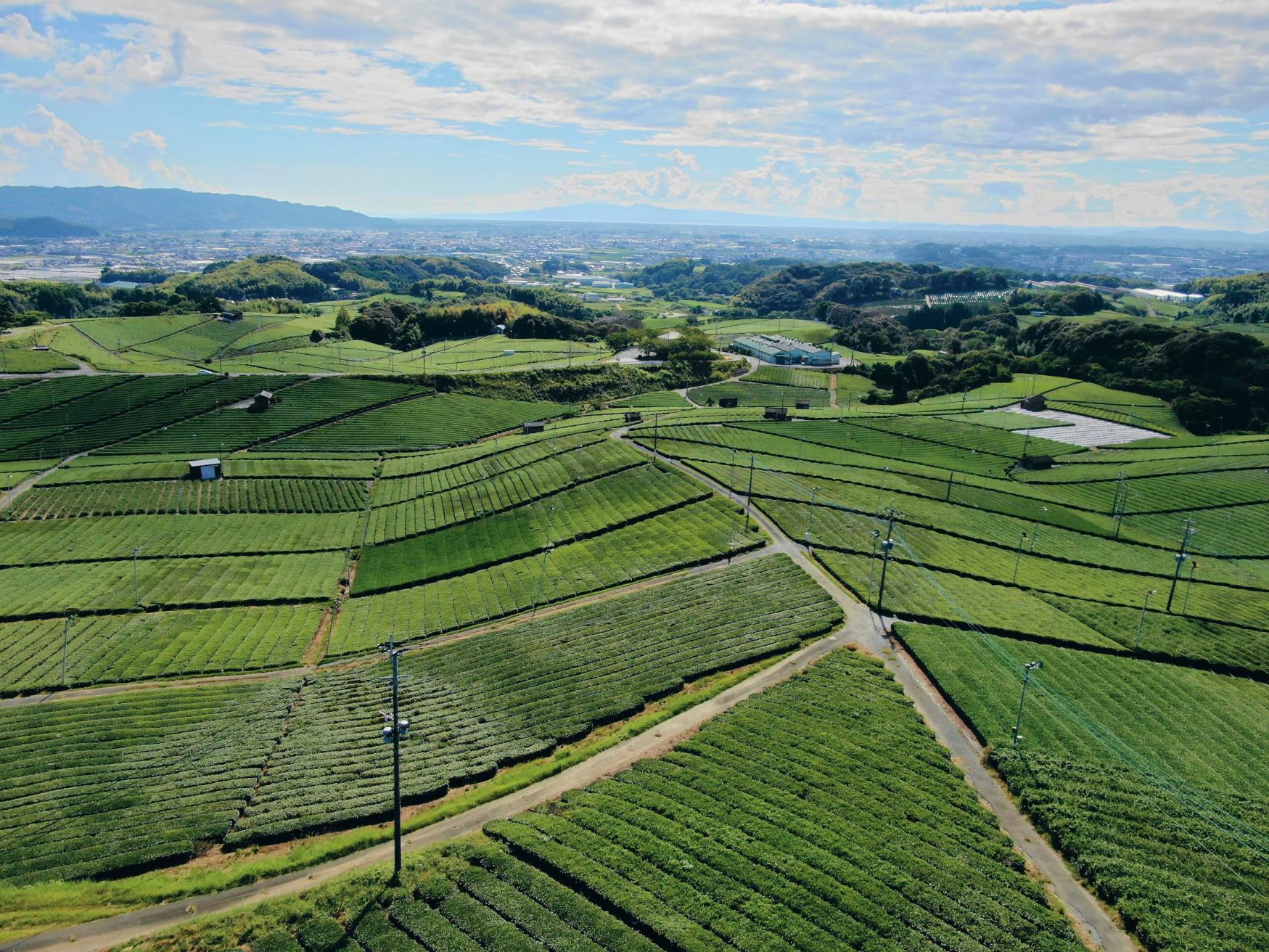
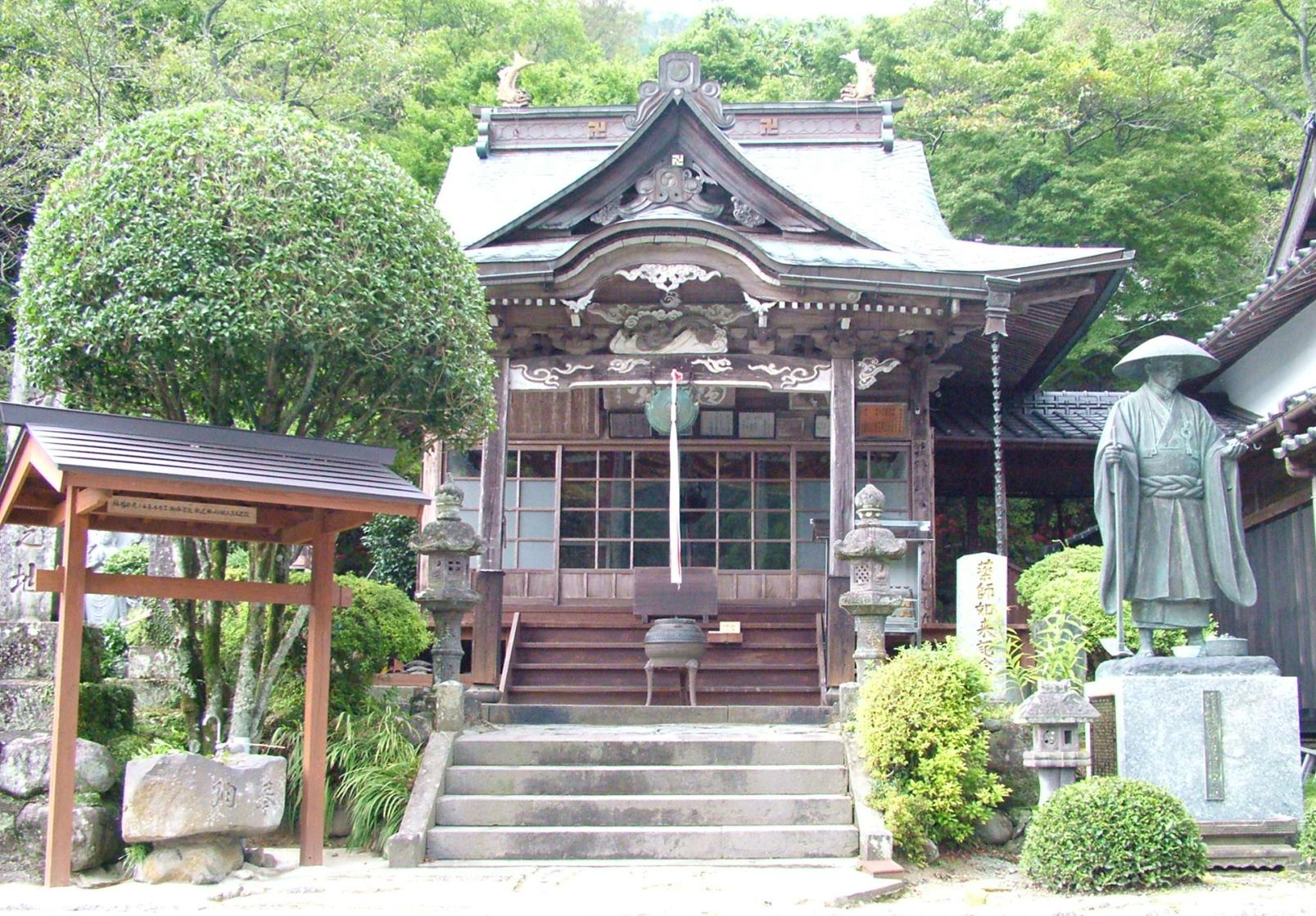
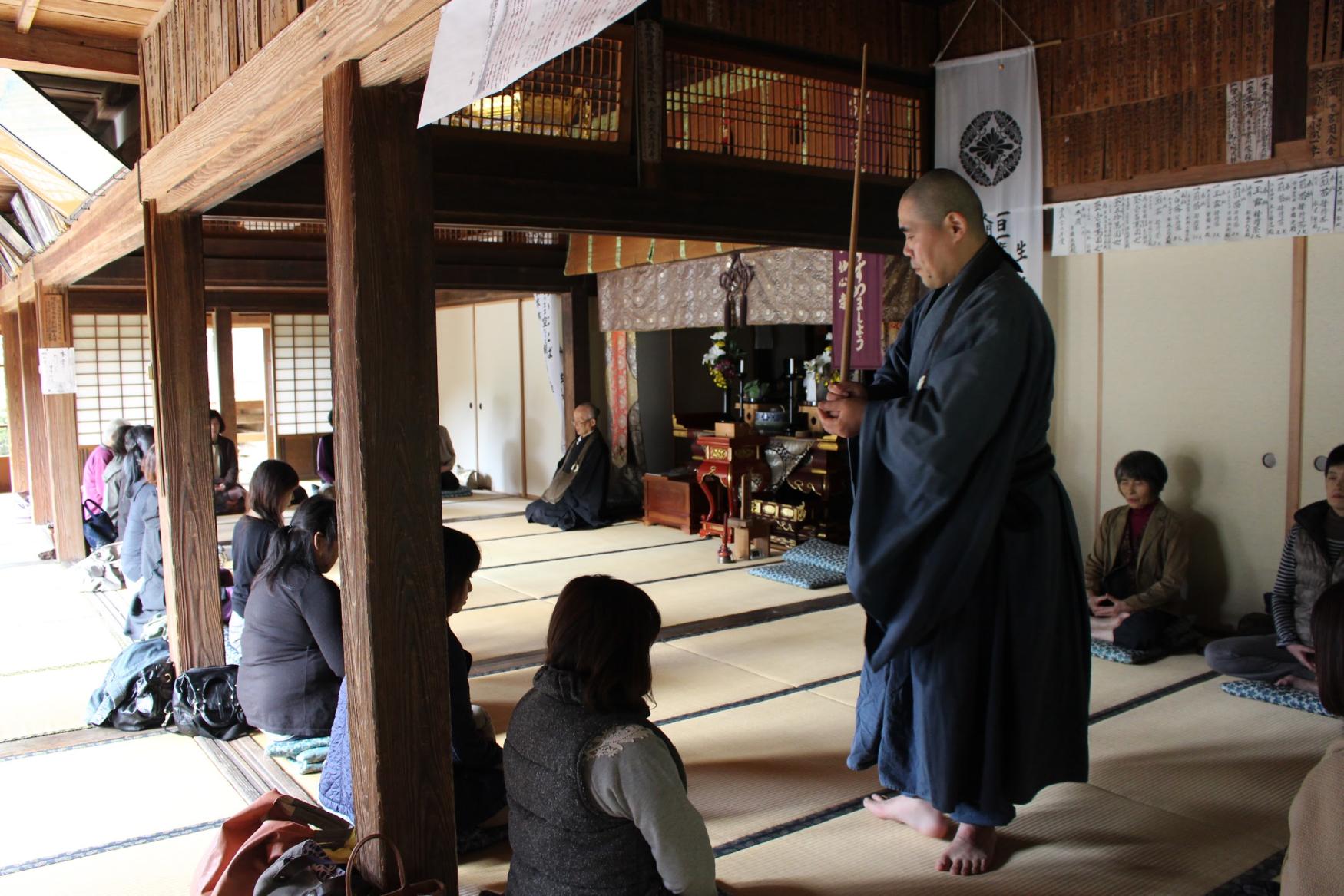
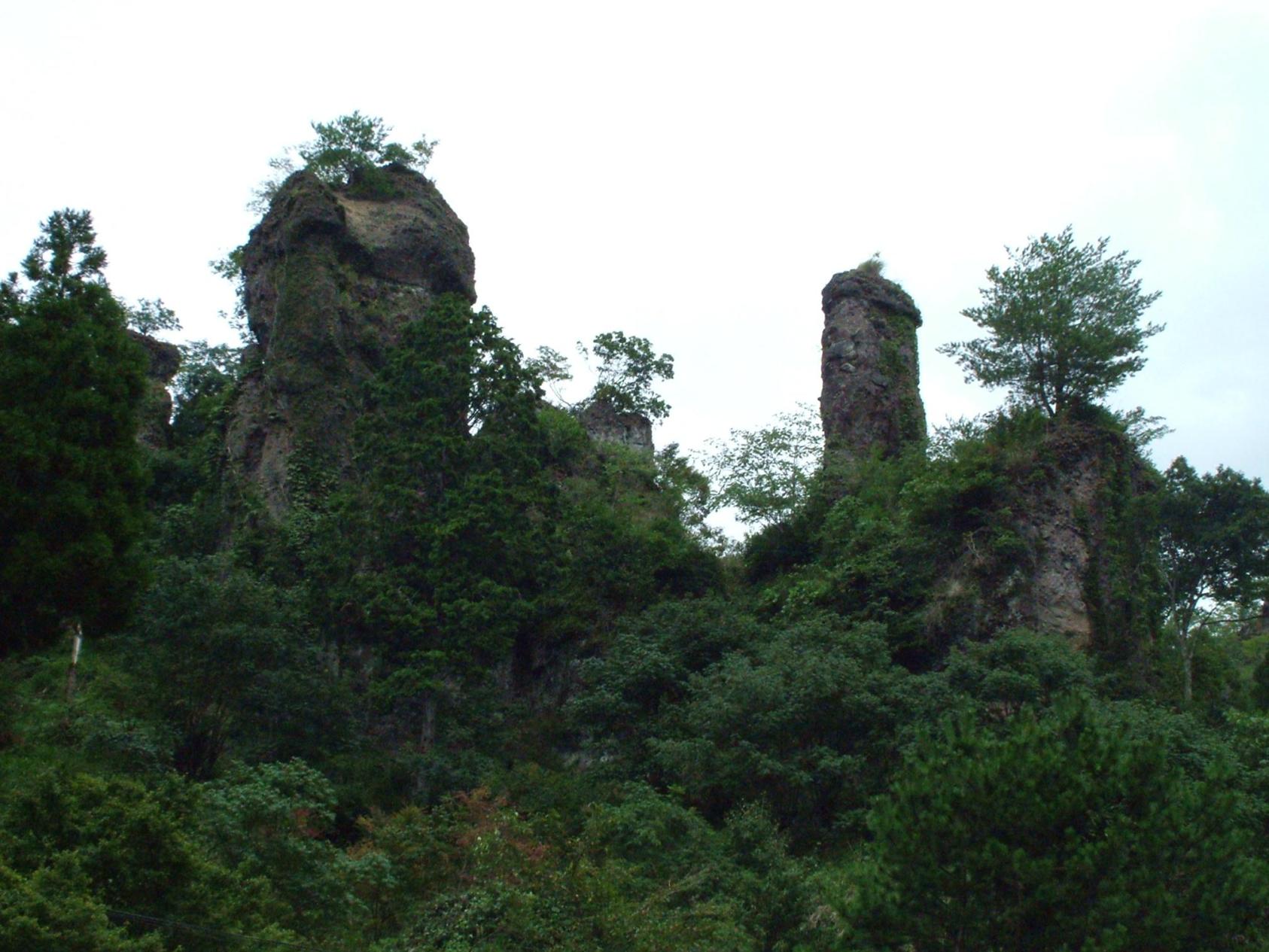
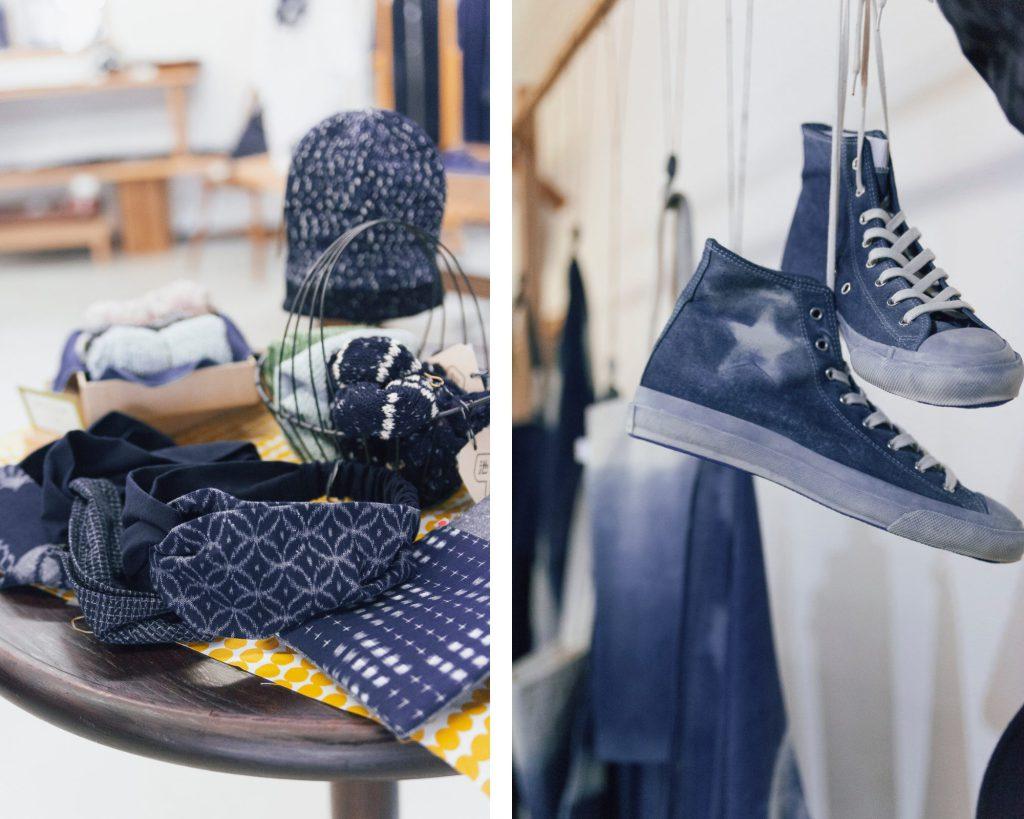
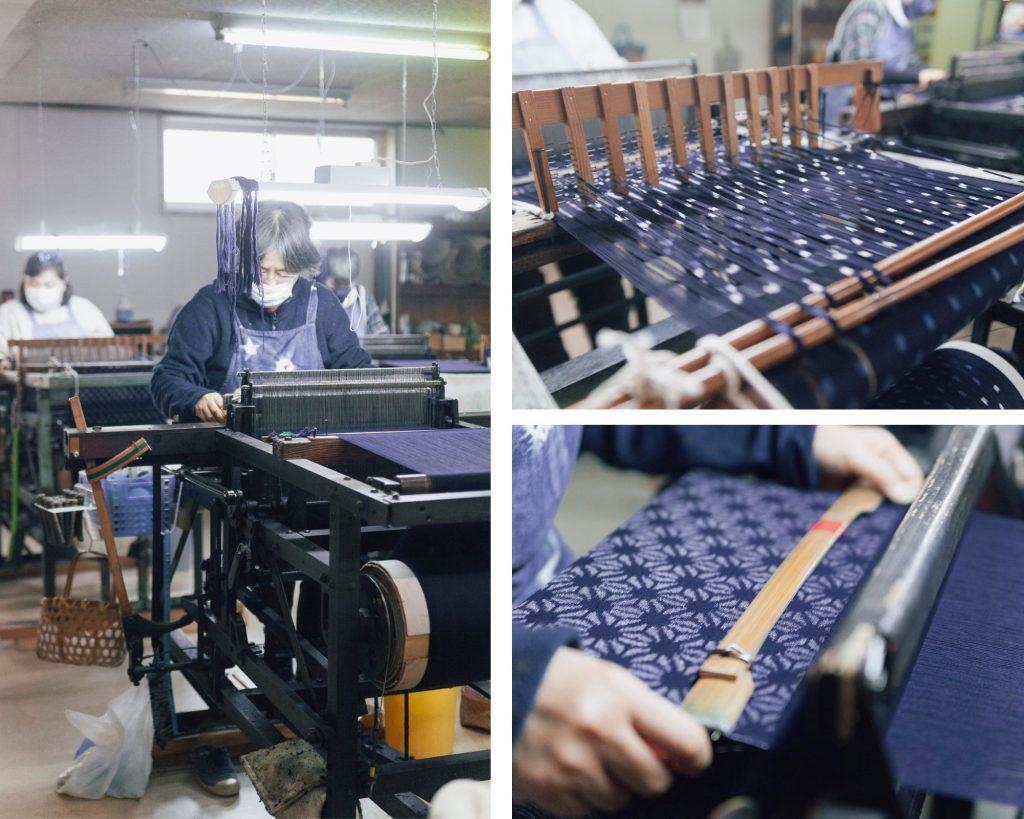
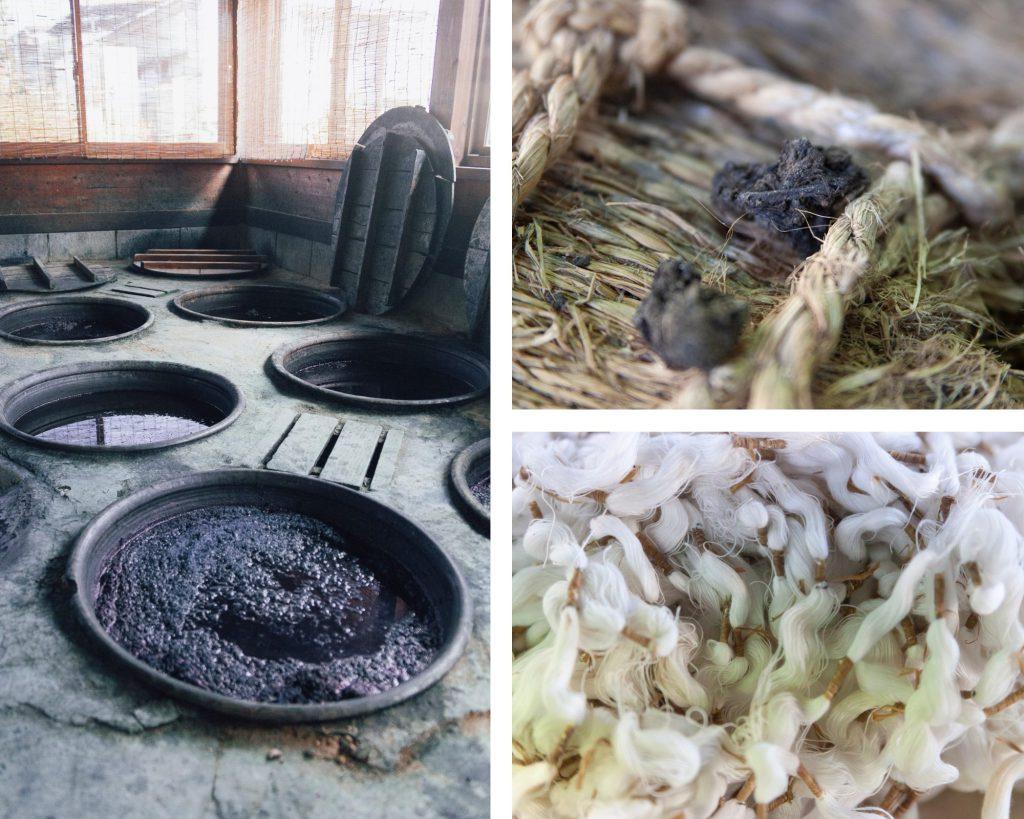
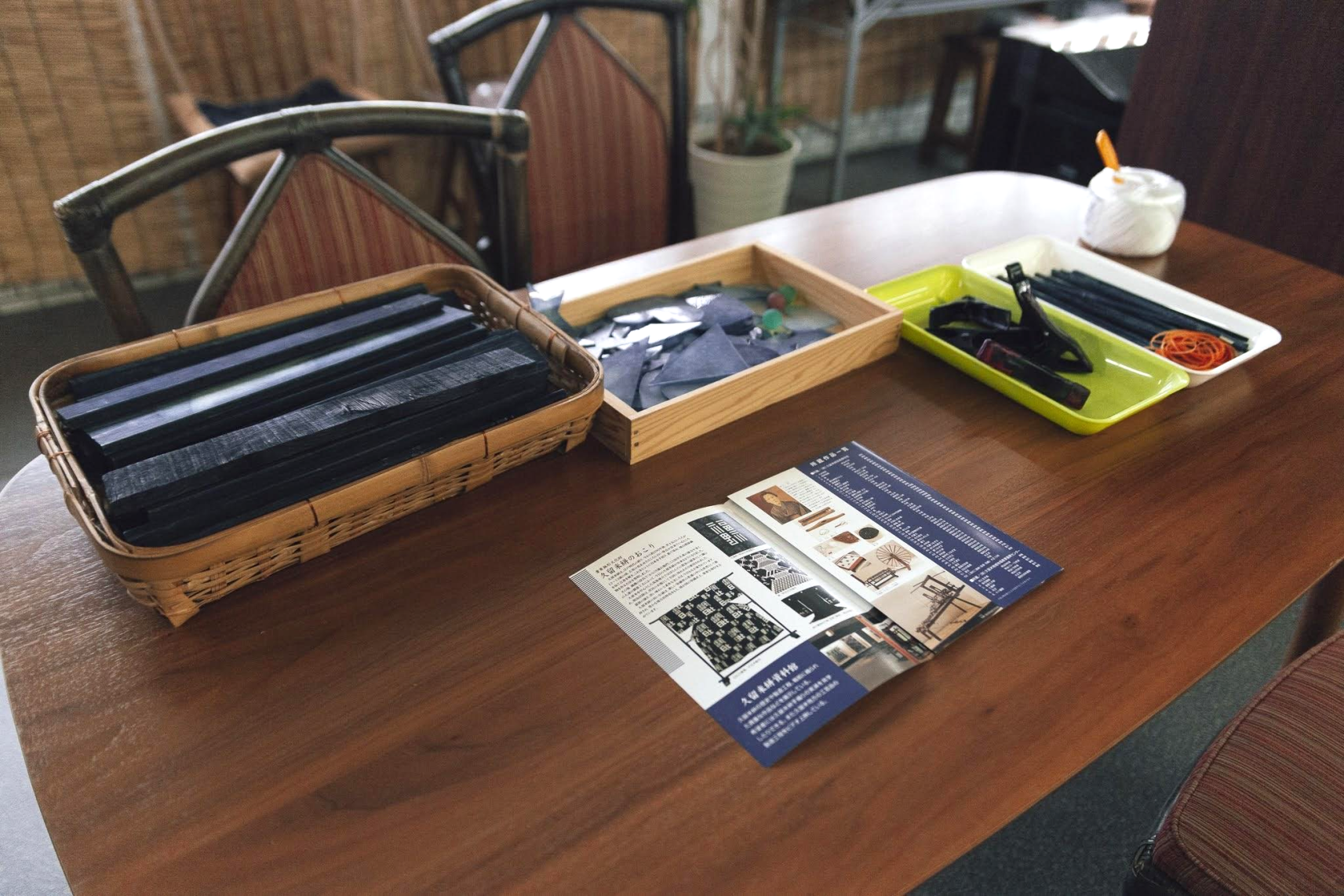
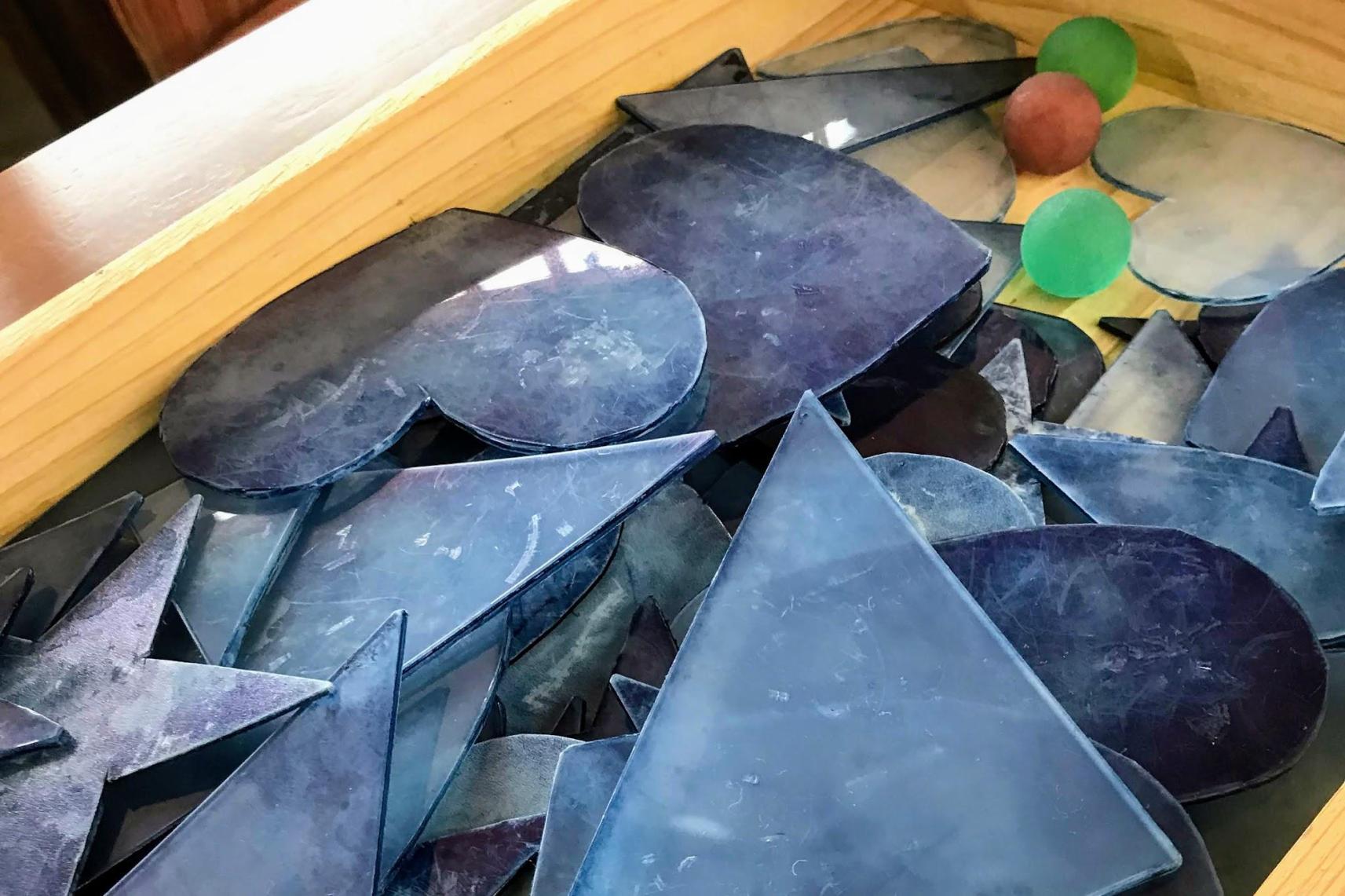
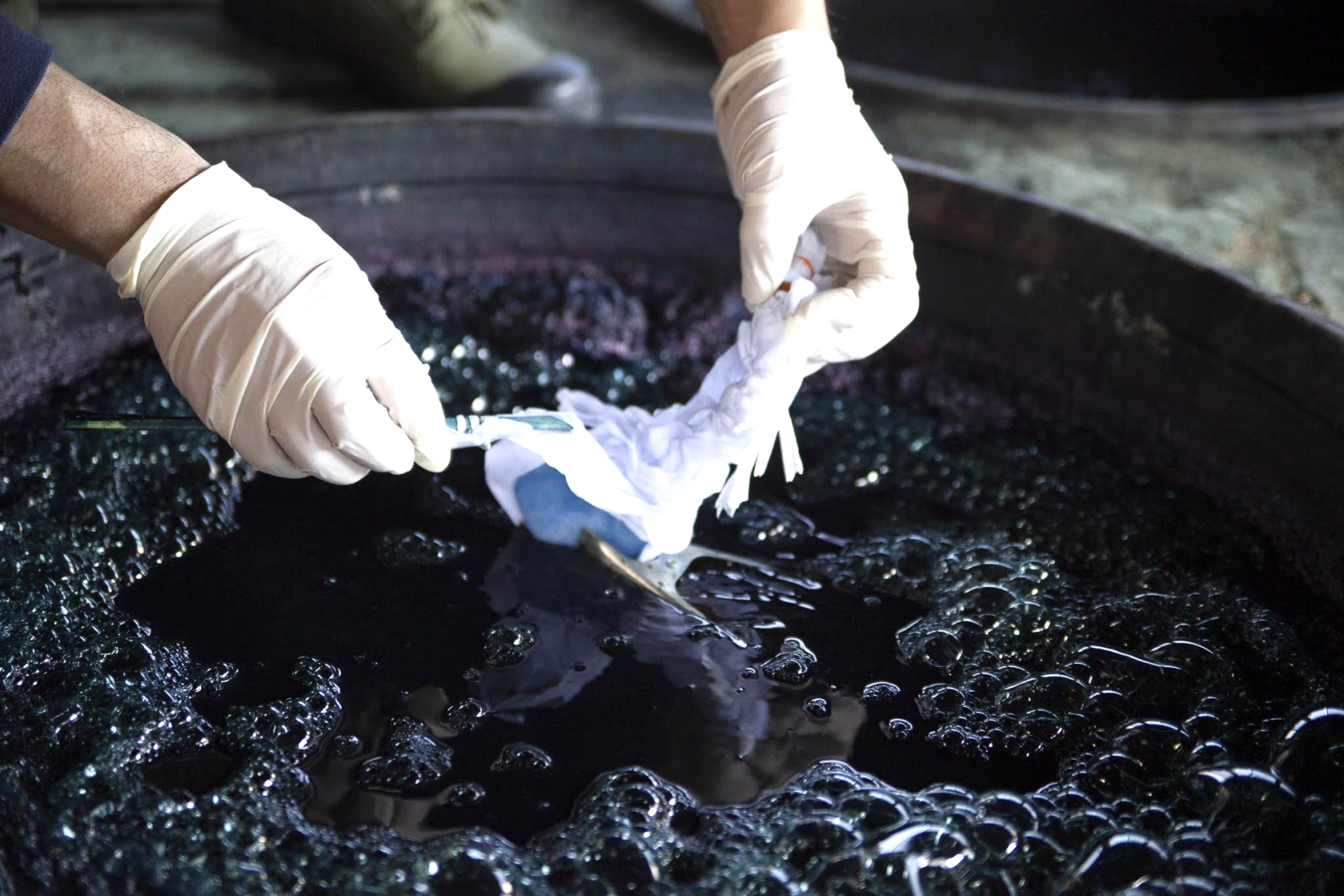
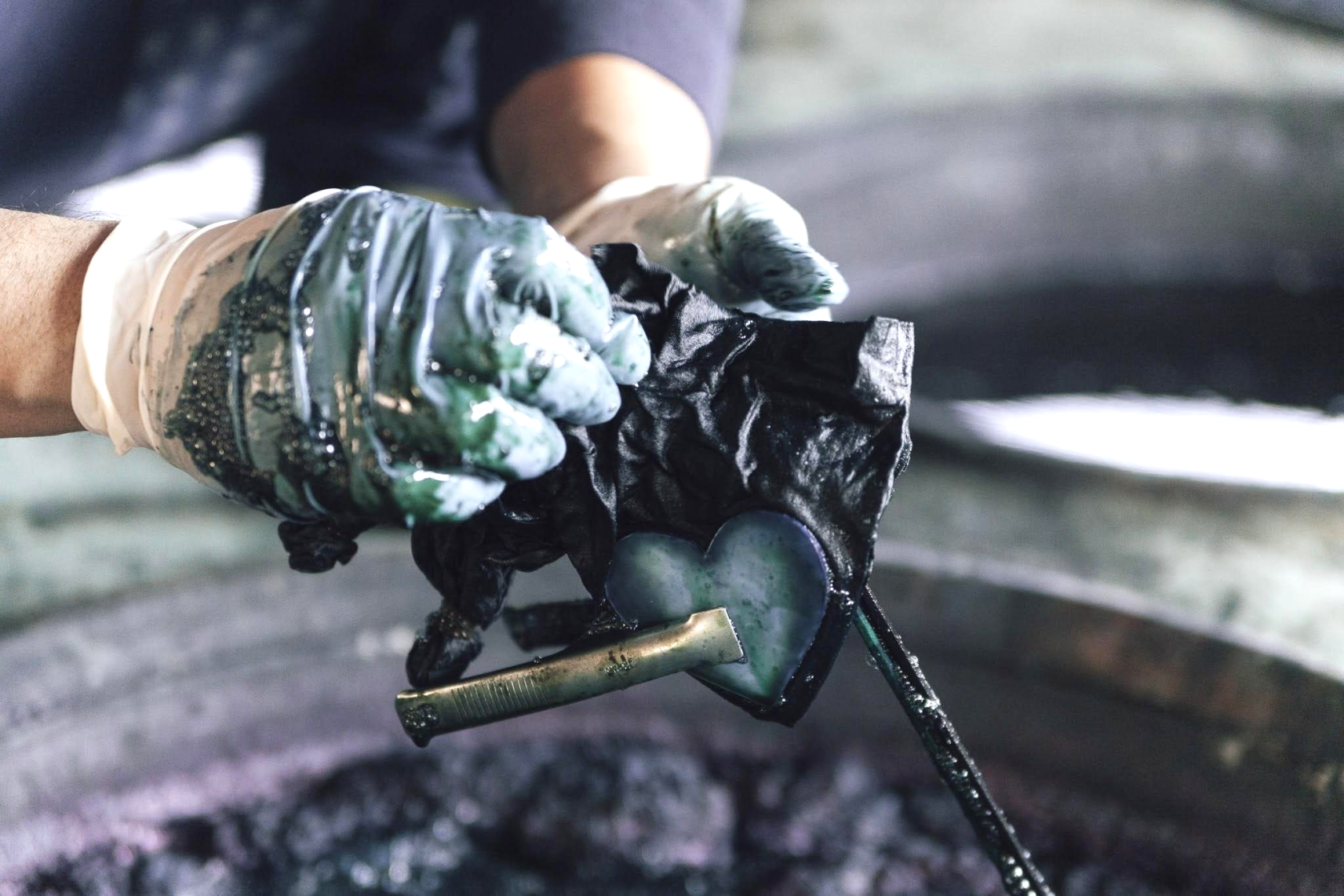
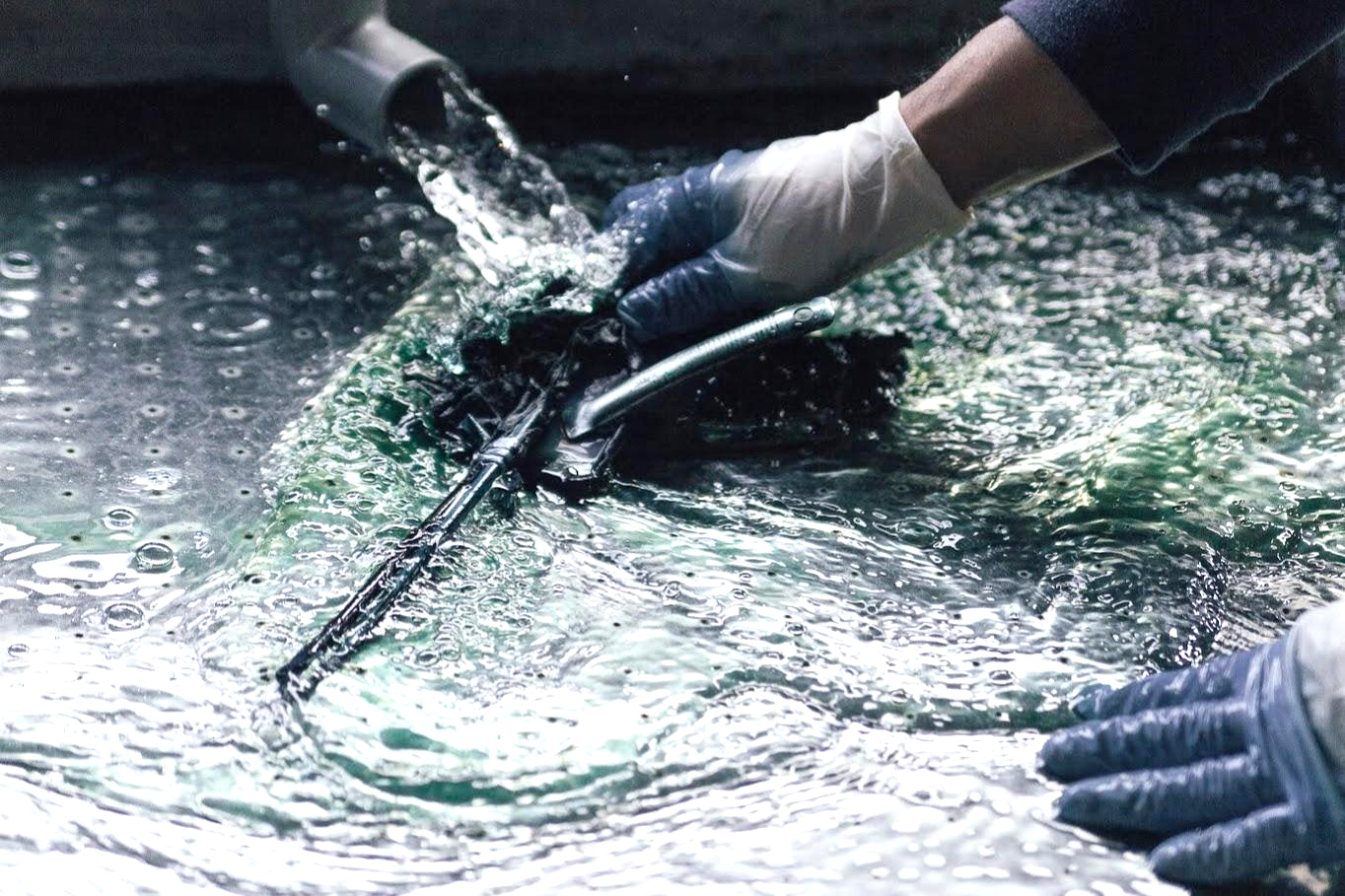
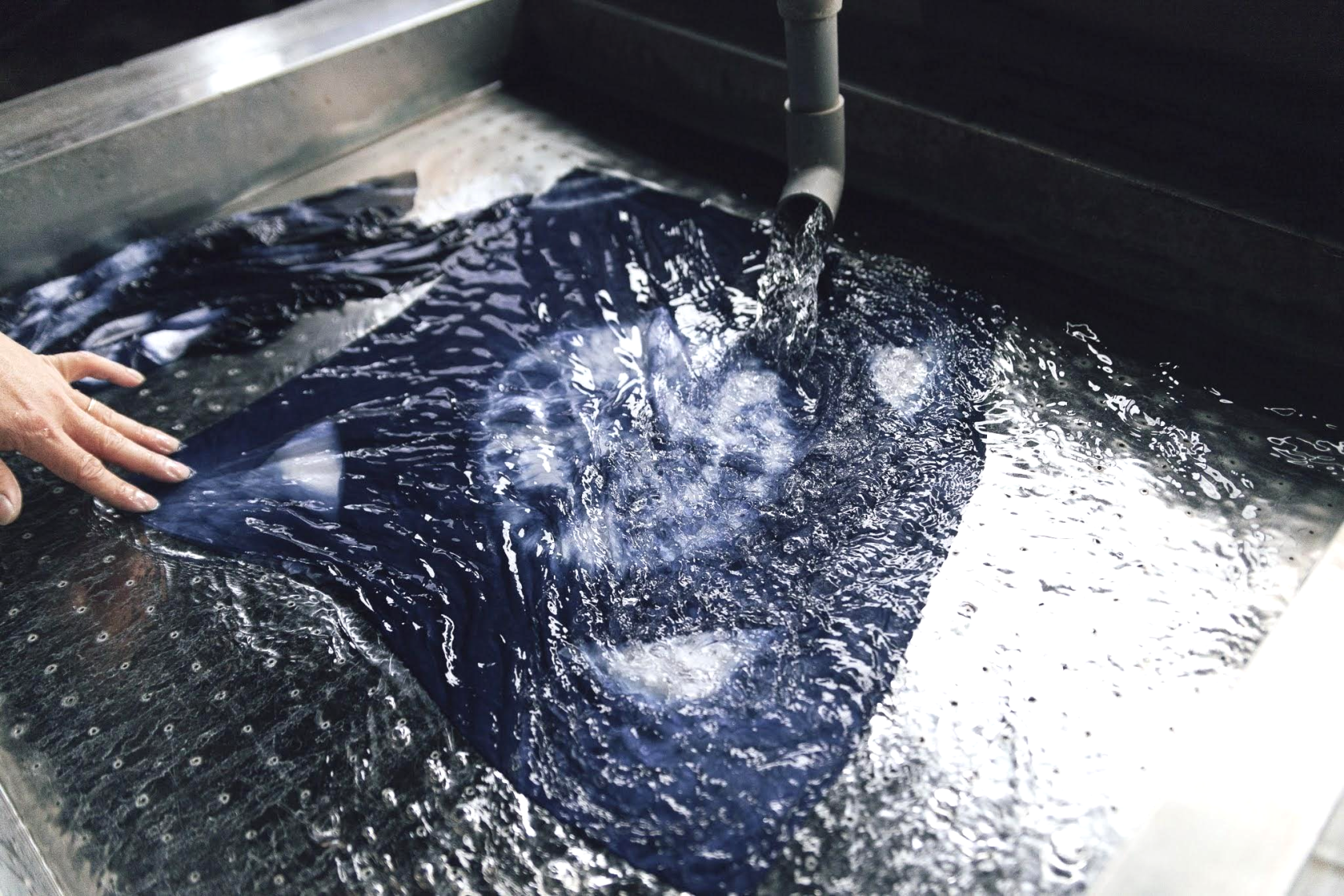
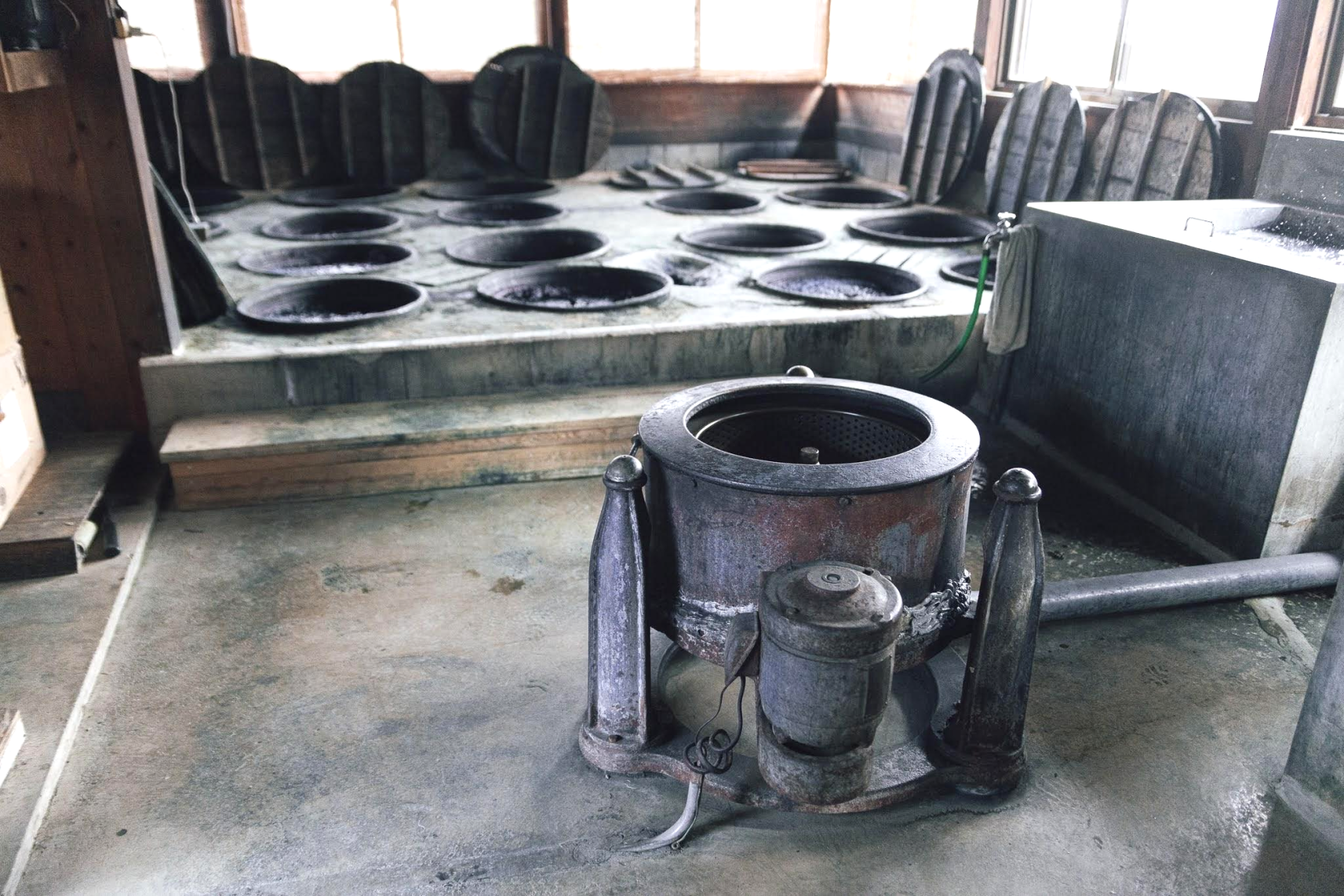
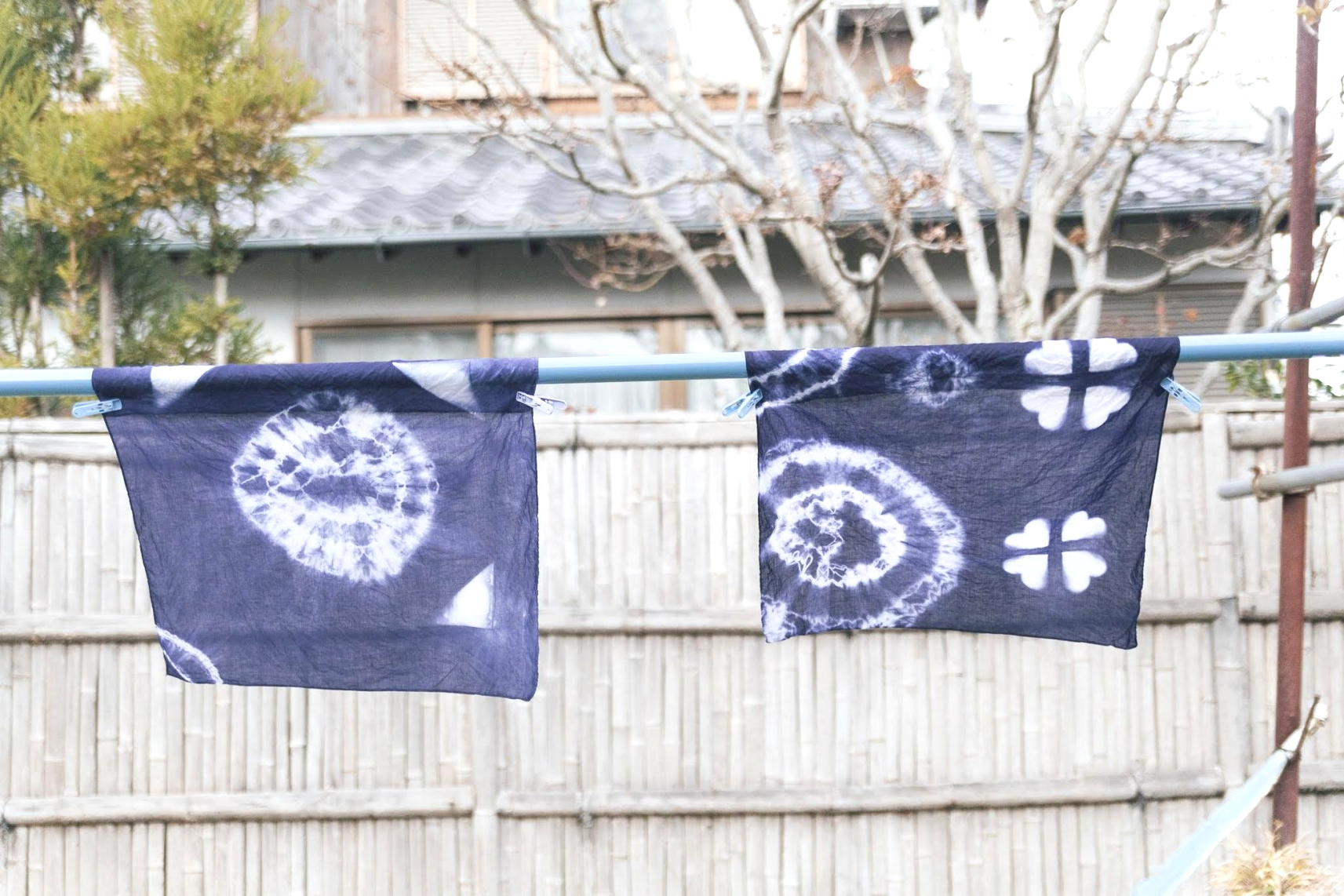
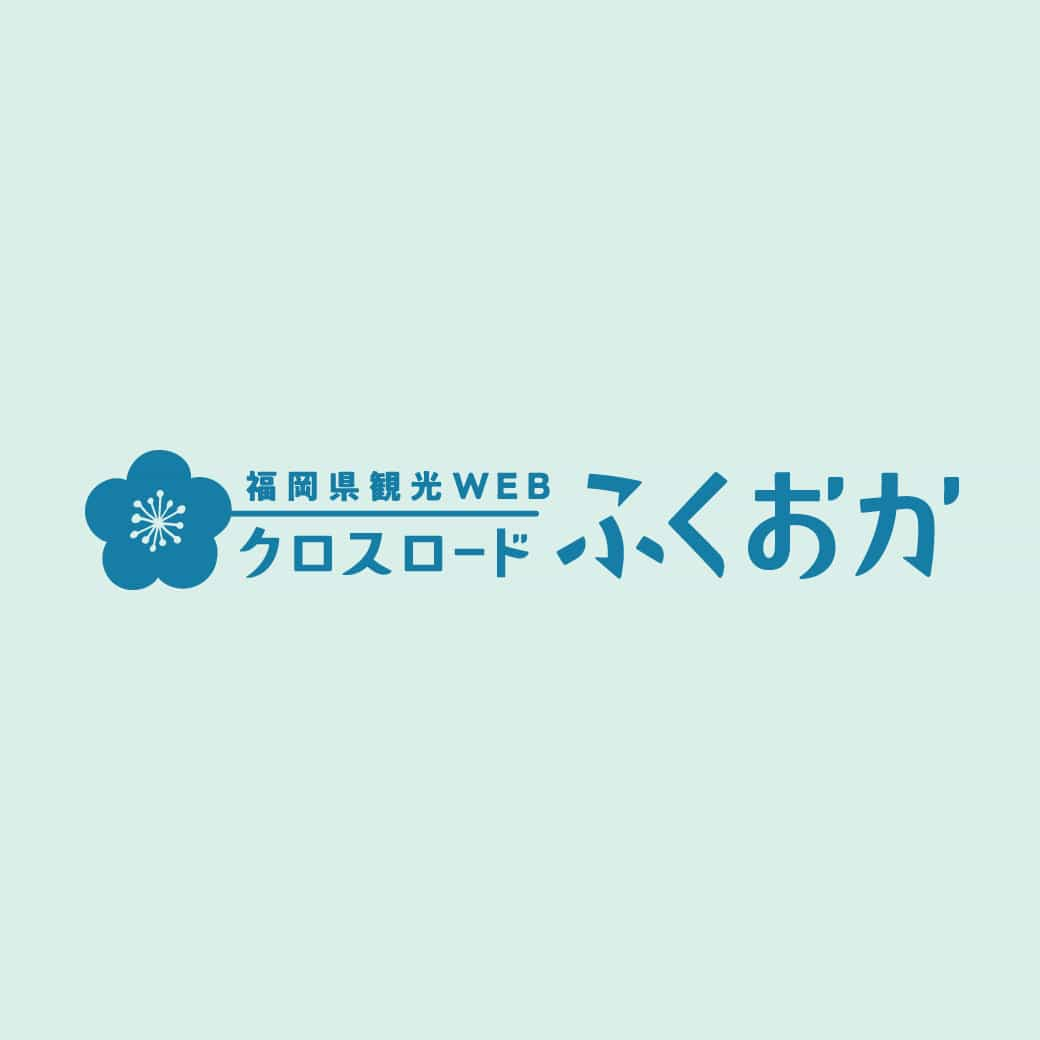
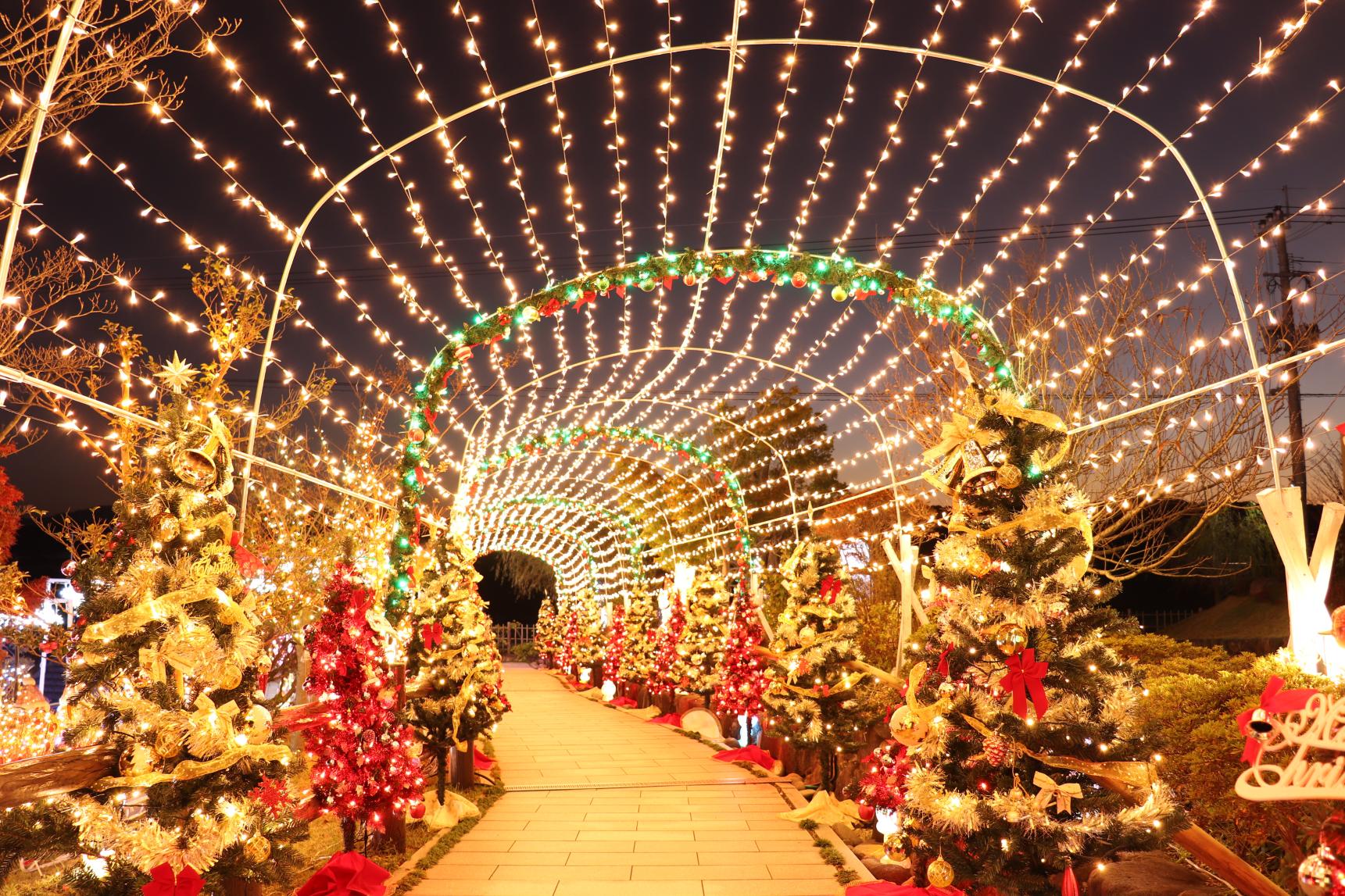
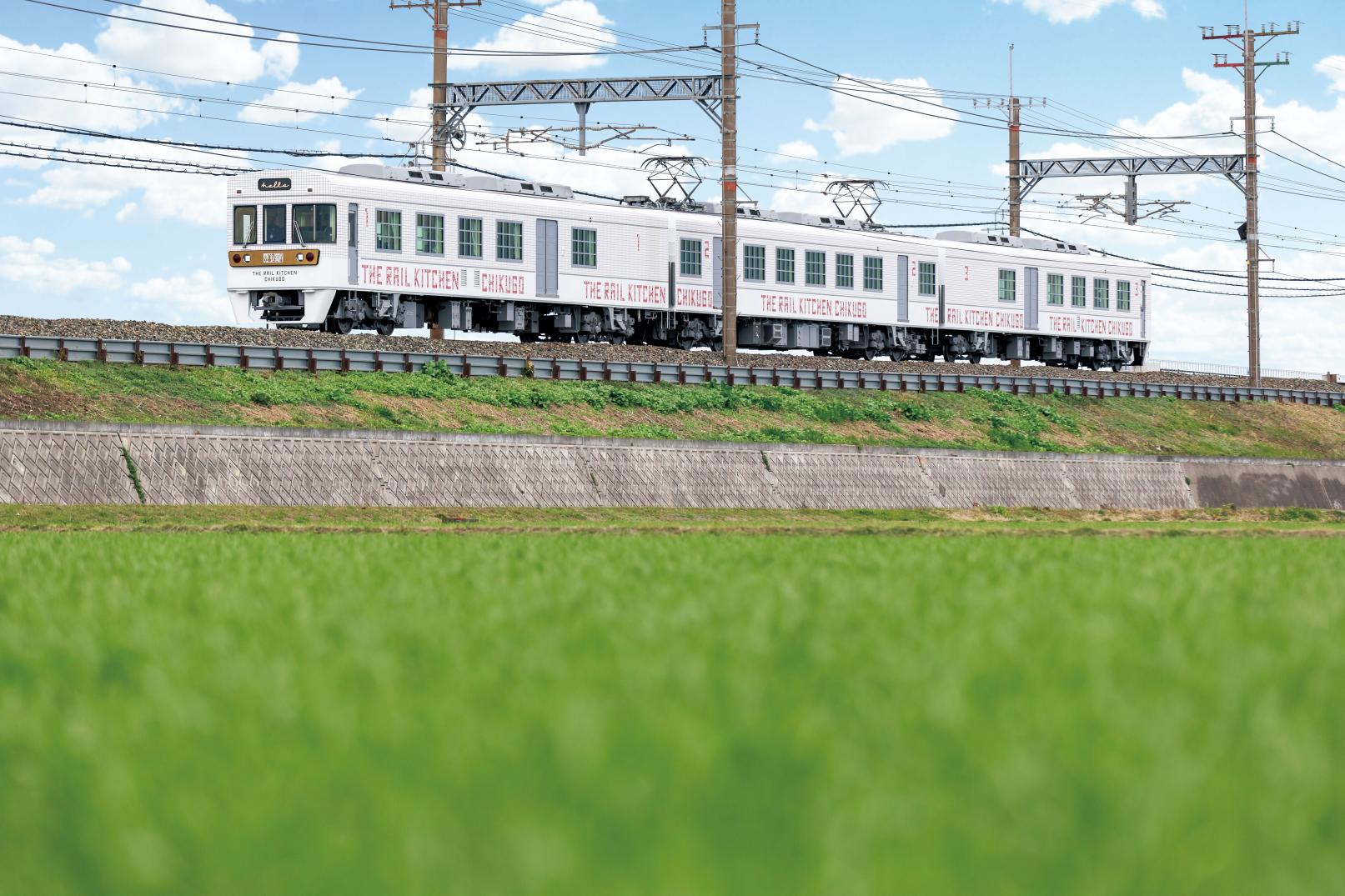
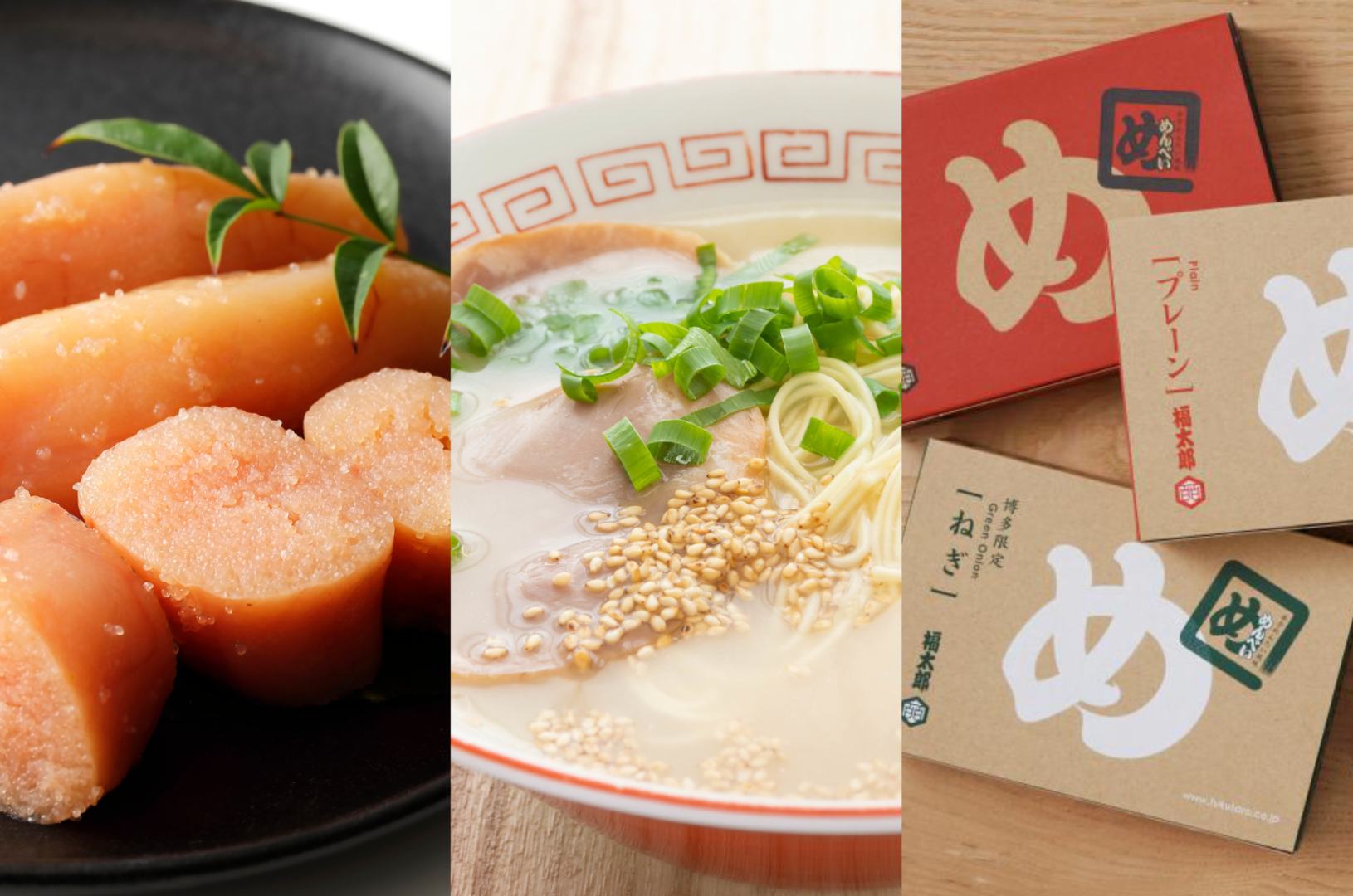
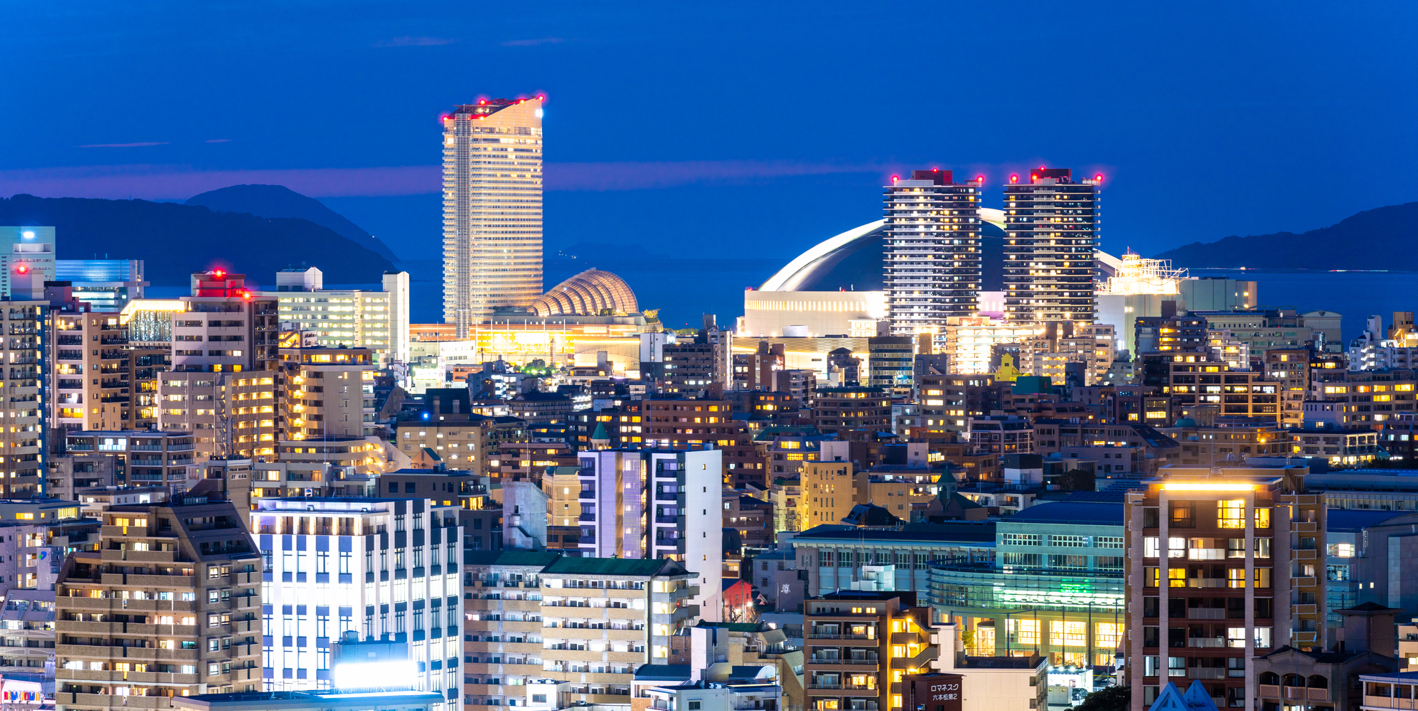
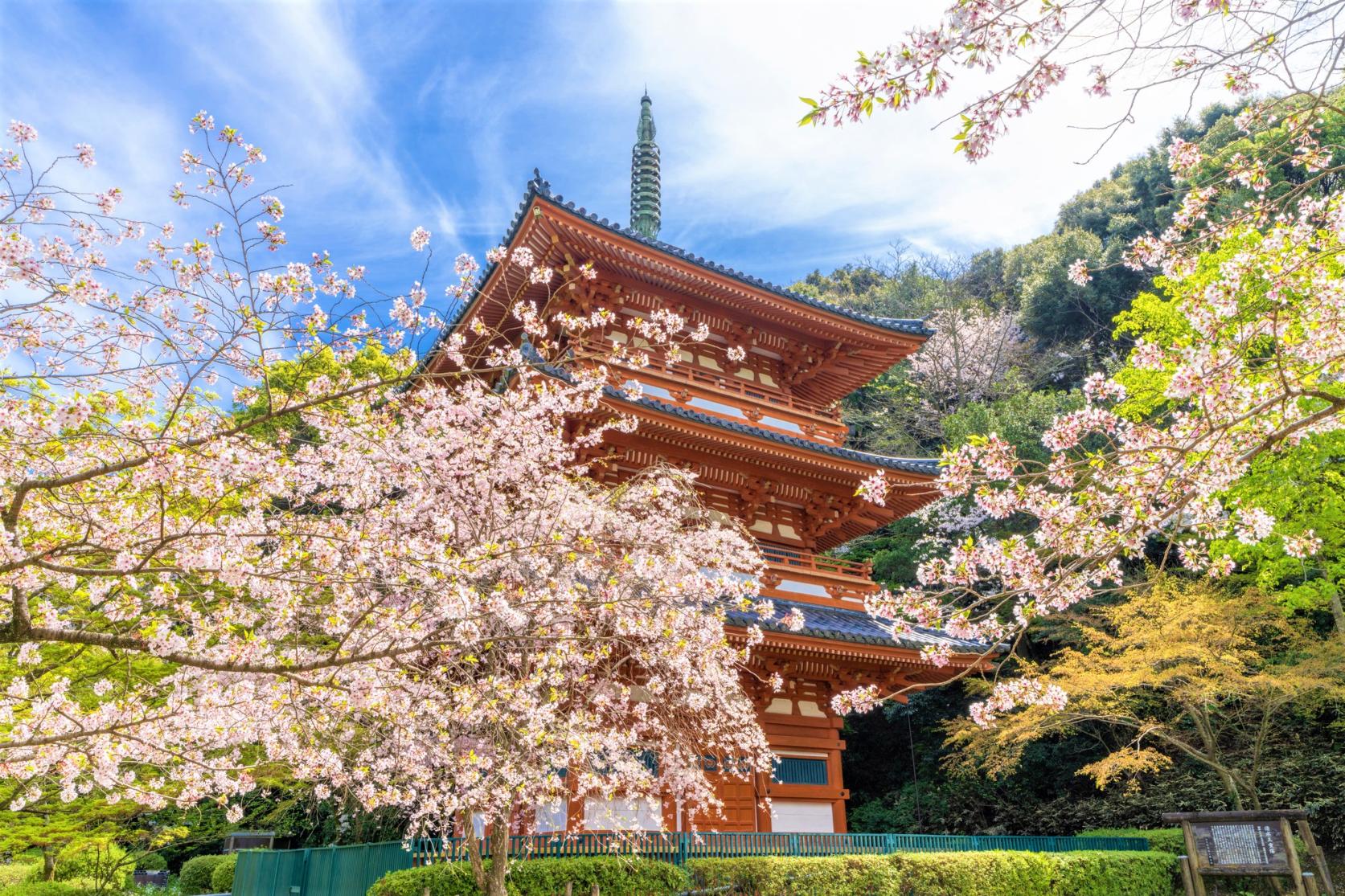
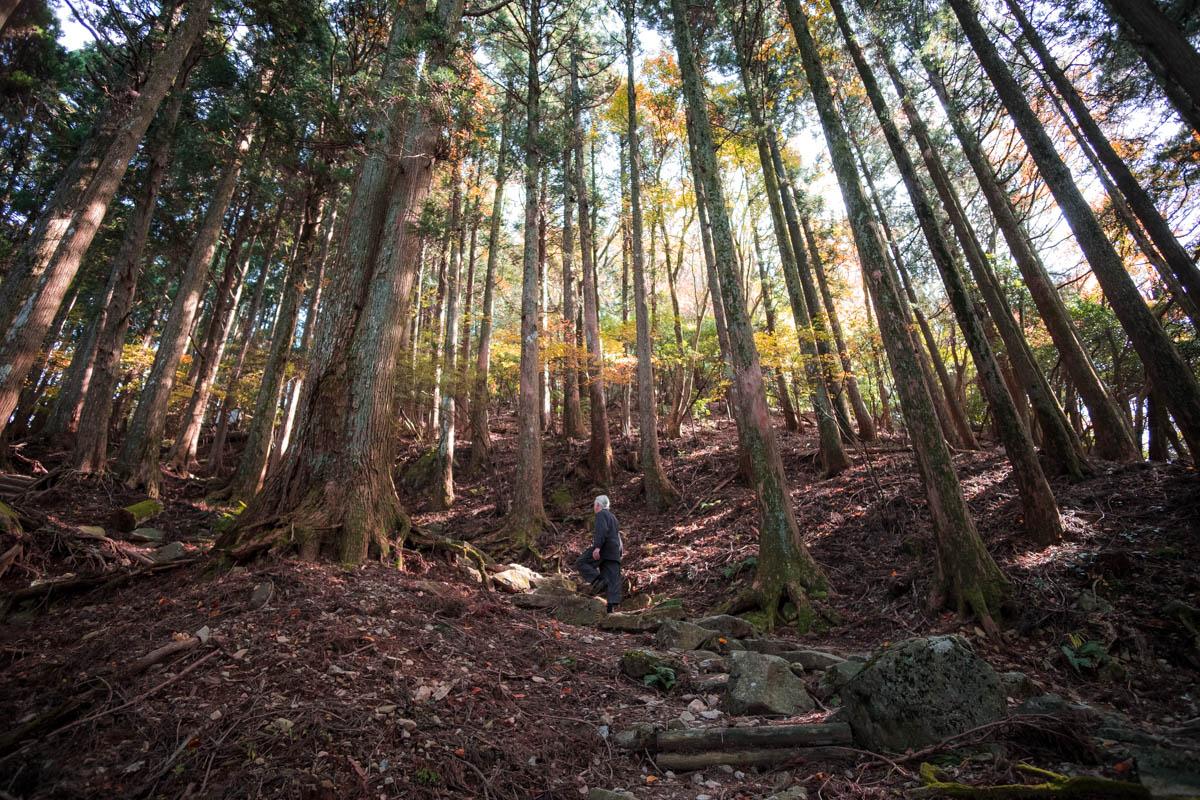
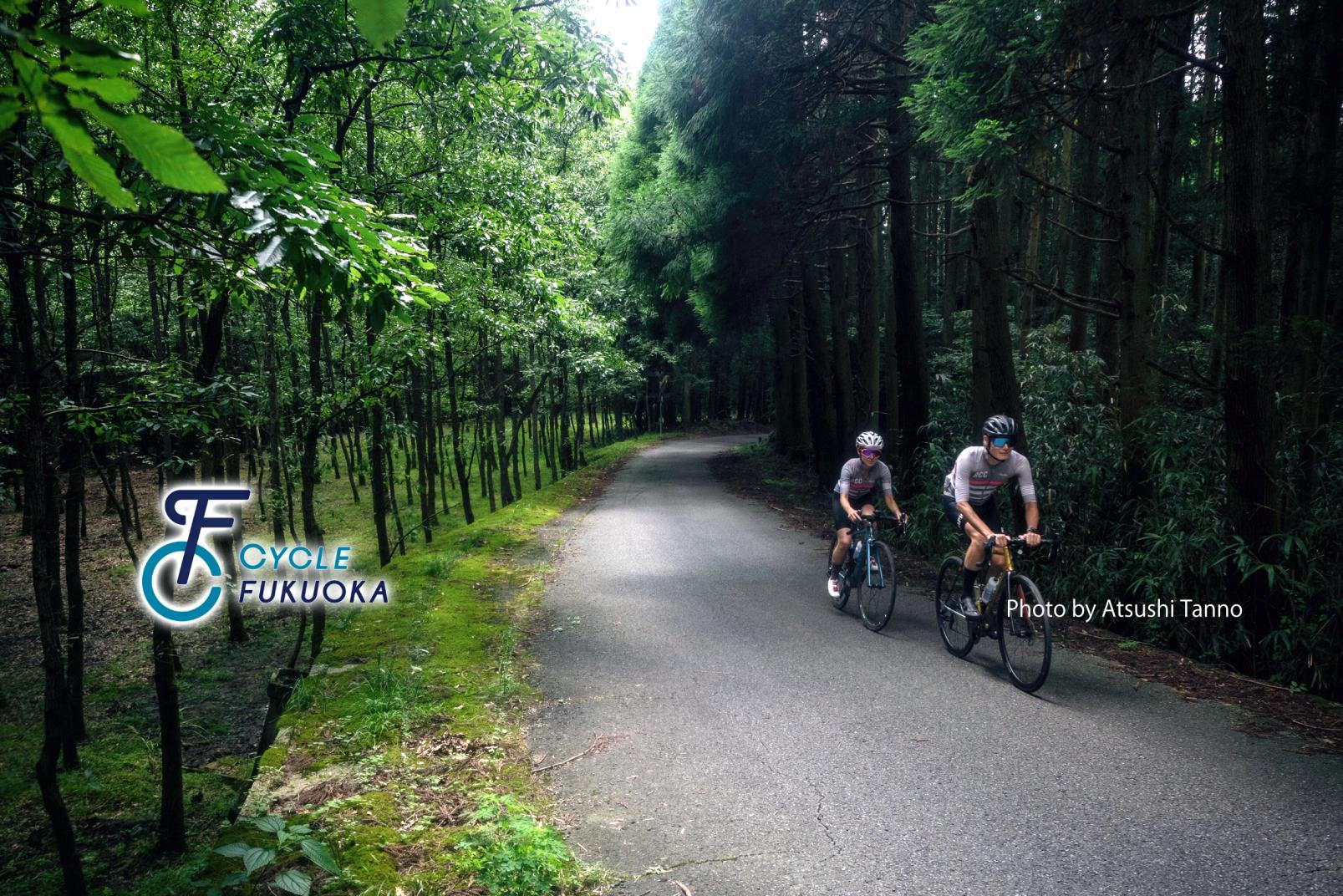
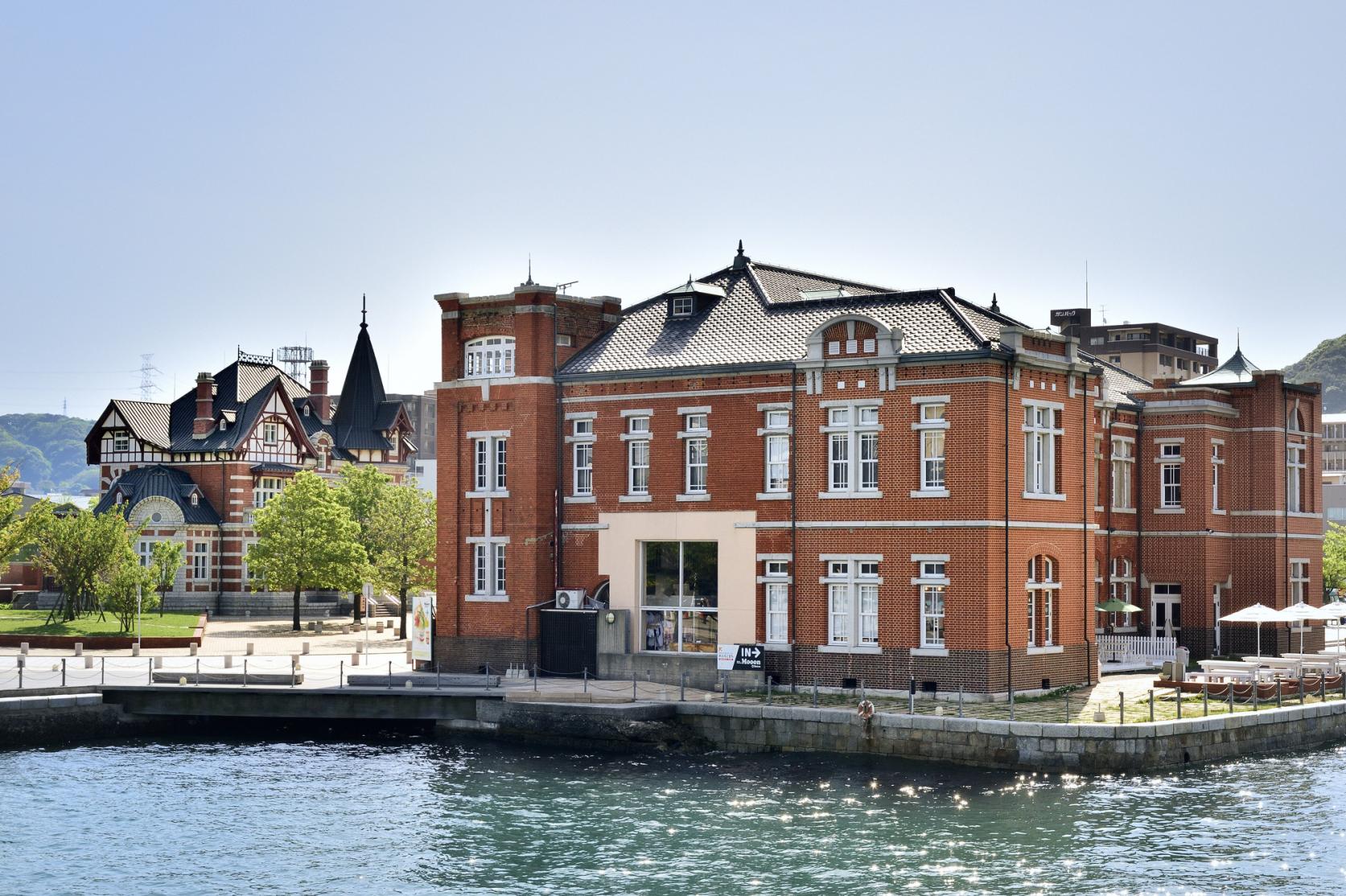
![[2024 Edition] The Best Places to See Cherry Blossoms in Fukuoka-1](https://www.crossroadfukuoka.jp/storage/special_features/38/responsive_images/q0hE9tjduBiHqz9D4hlPG9Rx4qnsyGjp3aFupoG1__1673_1115.jpg)
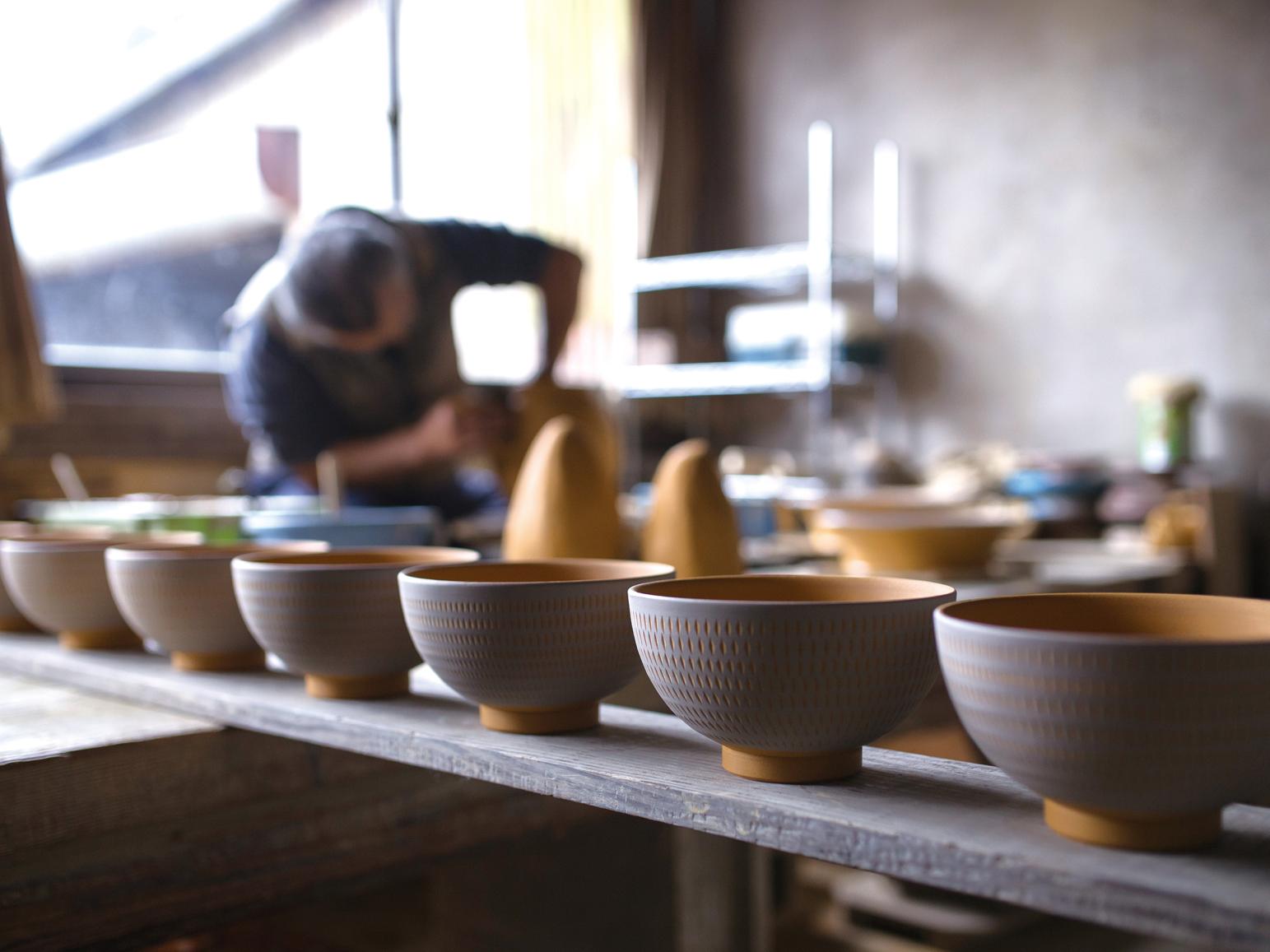
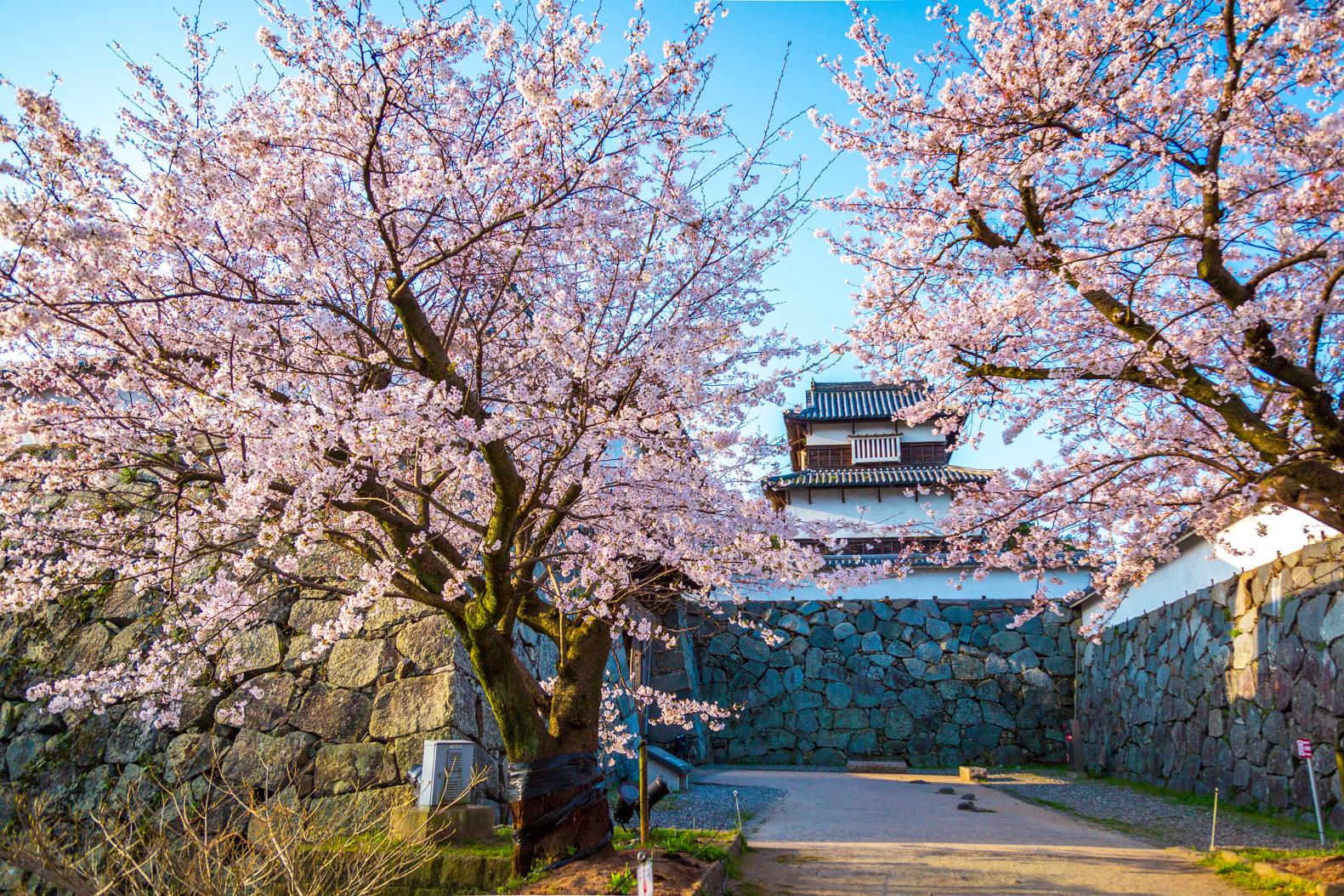
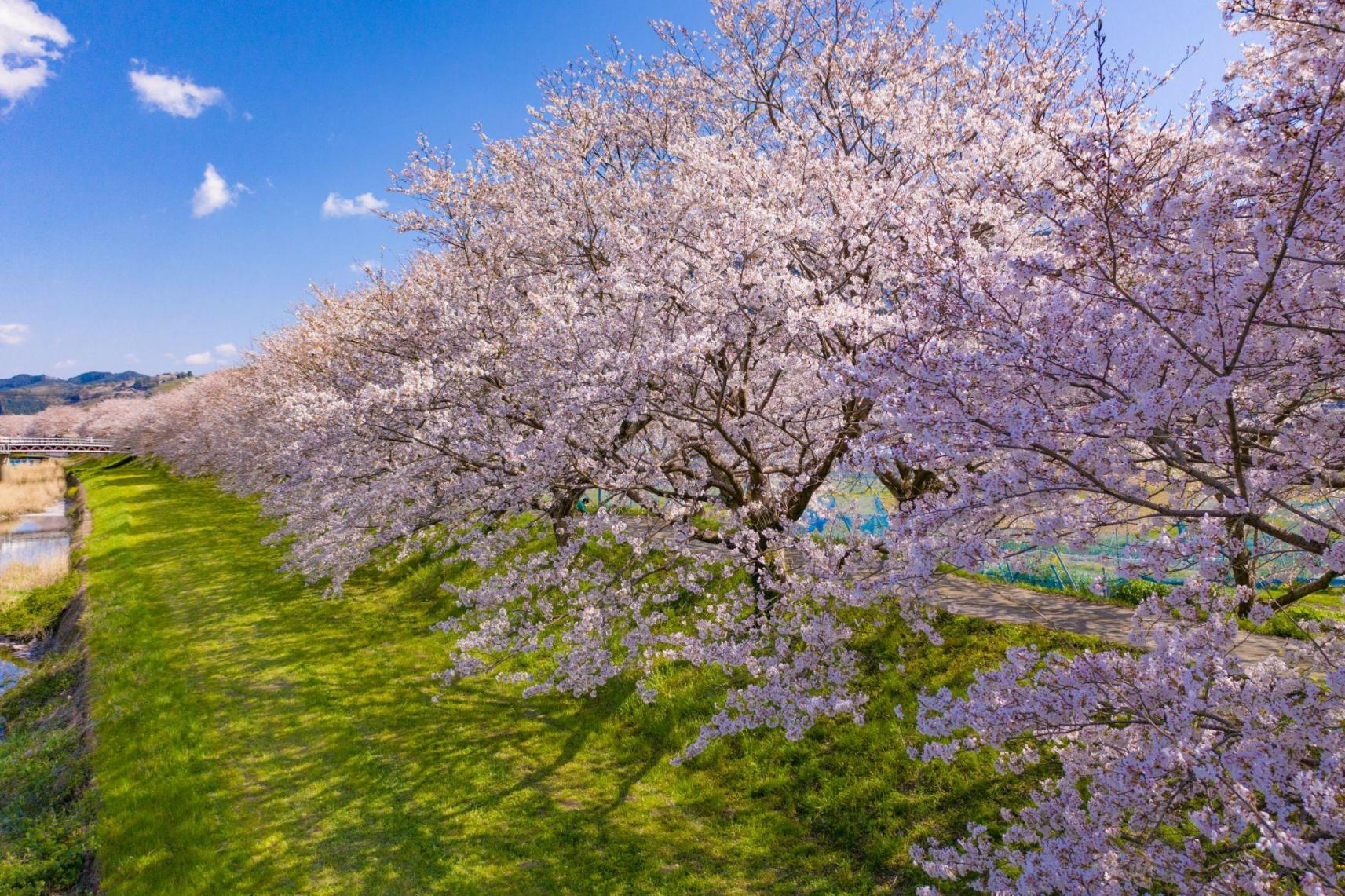
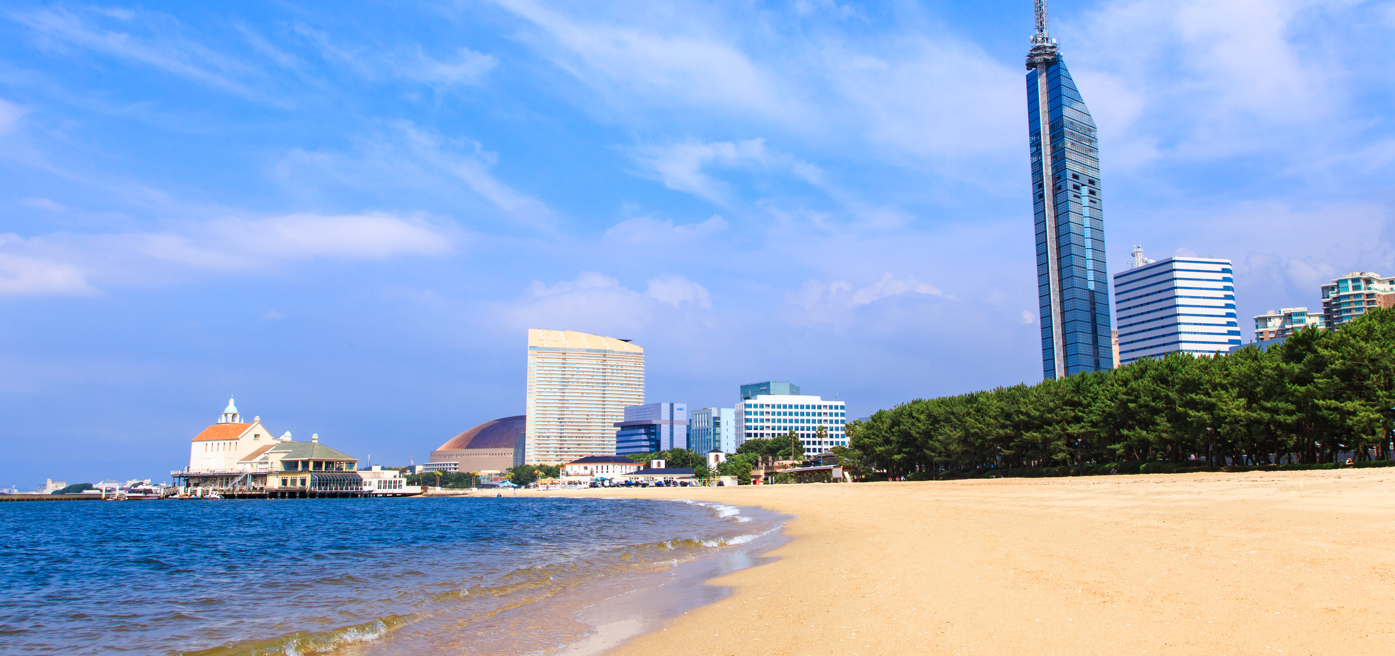
![[2023 Edition] Strawberry Picking Spots in Fukuoka-1](https://www.crossroadfukuoka.jp/storage/special_features/49/responsive_images/9ZHgrqvQdpH8tM4IRF54DXu0aPBF3YGGkj5WOTGc__1673_1115.jpg)
